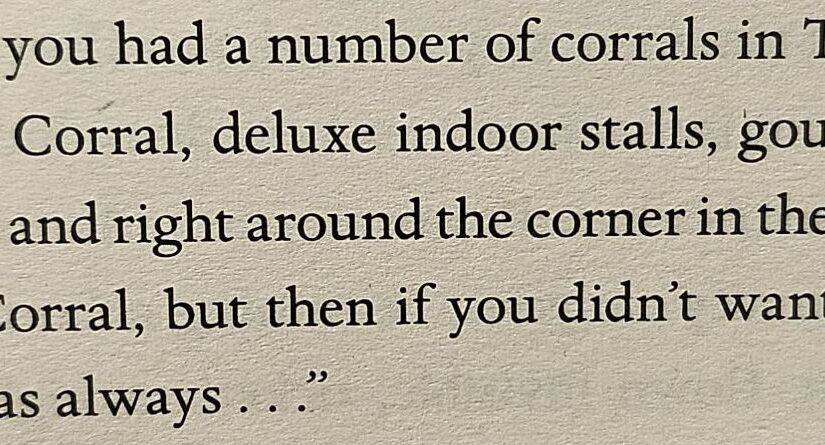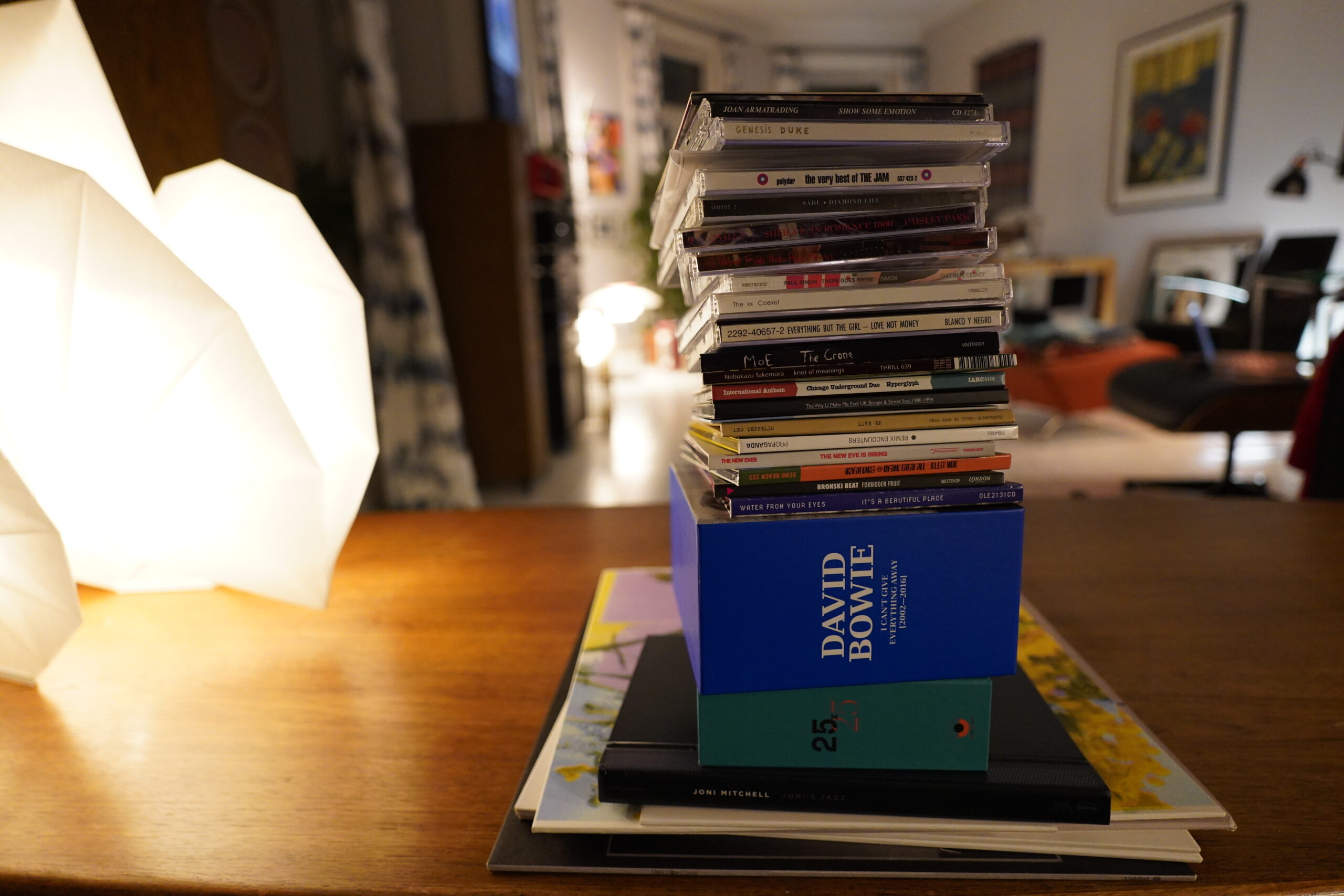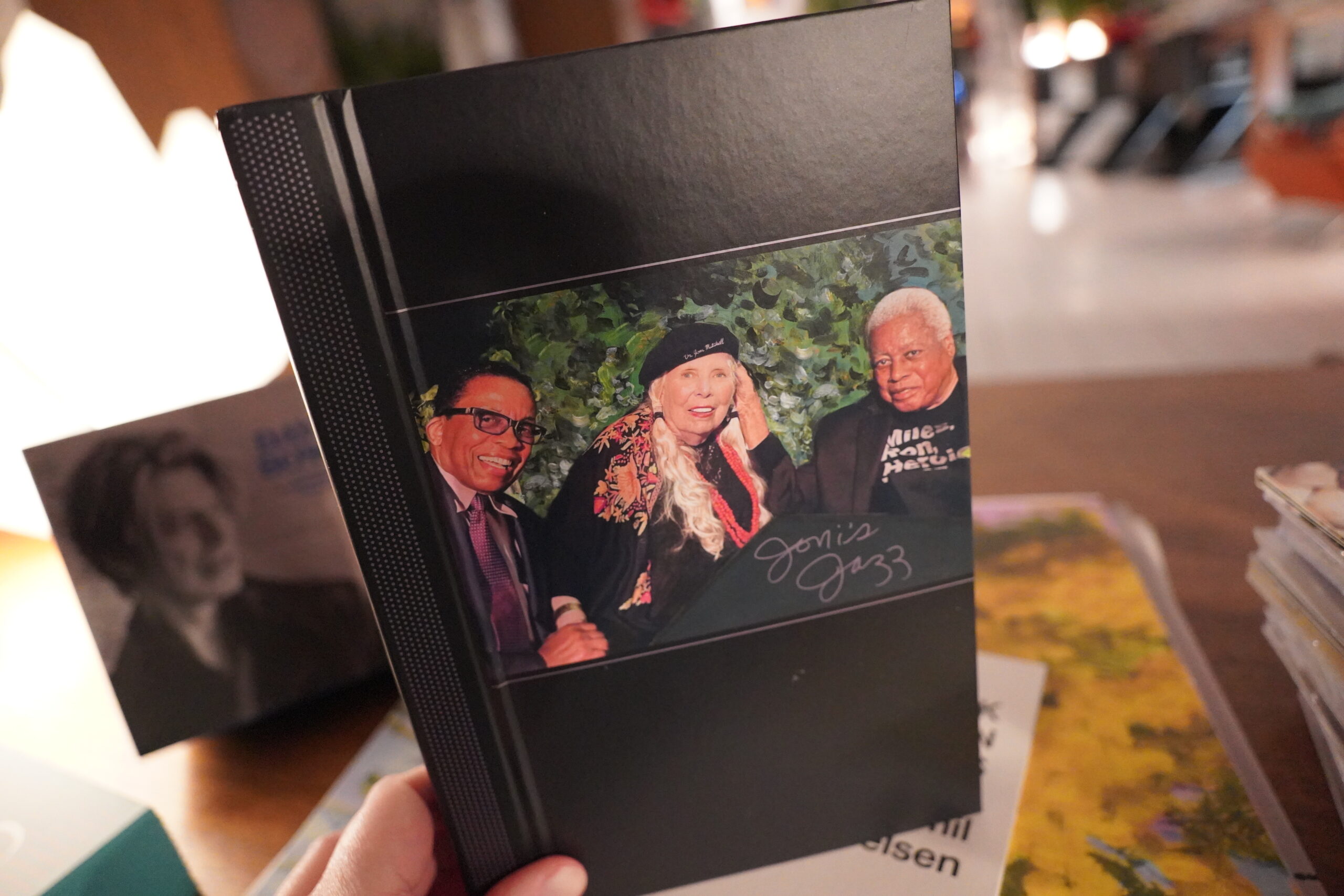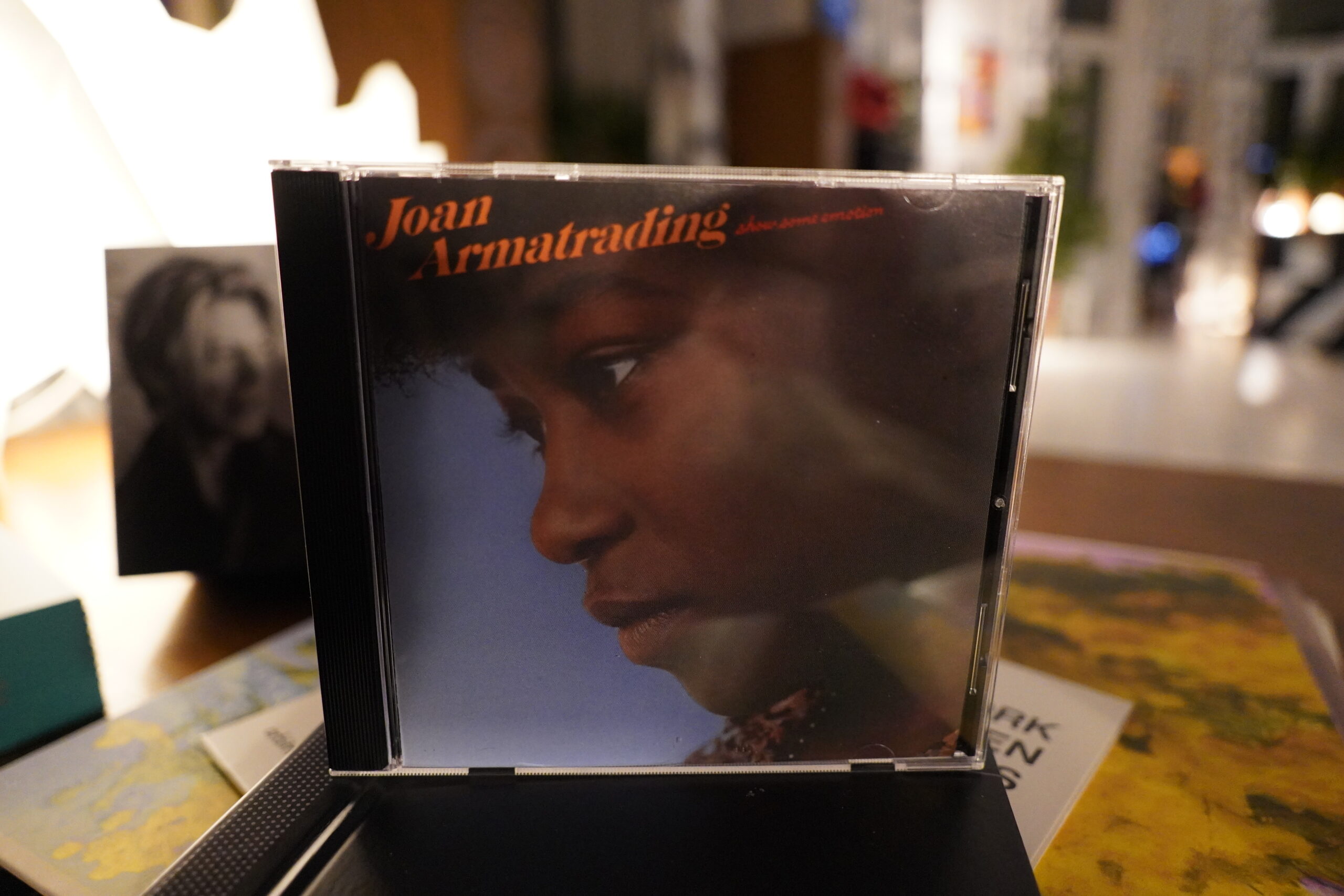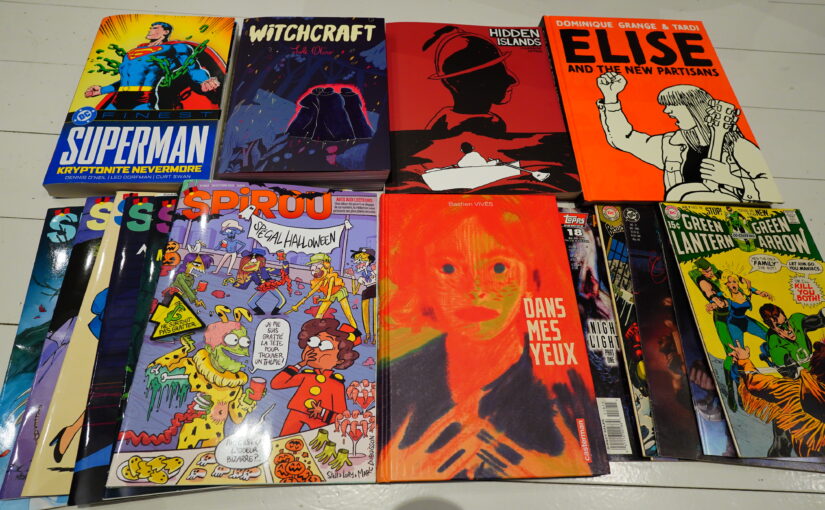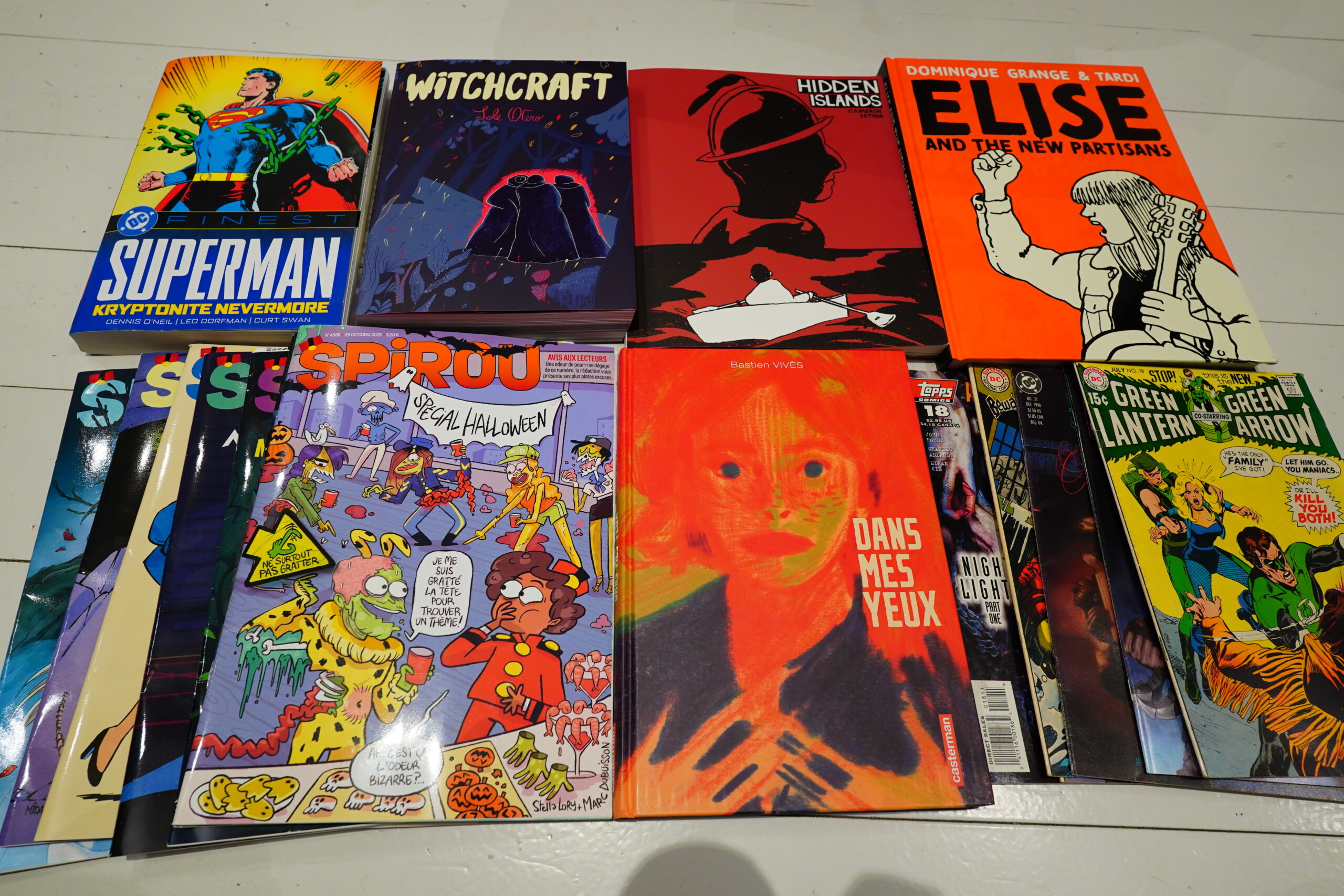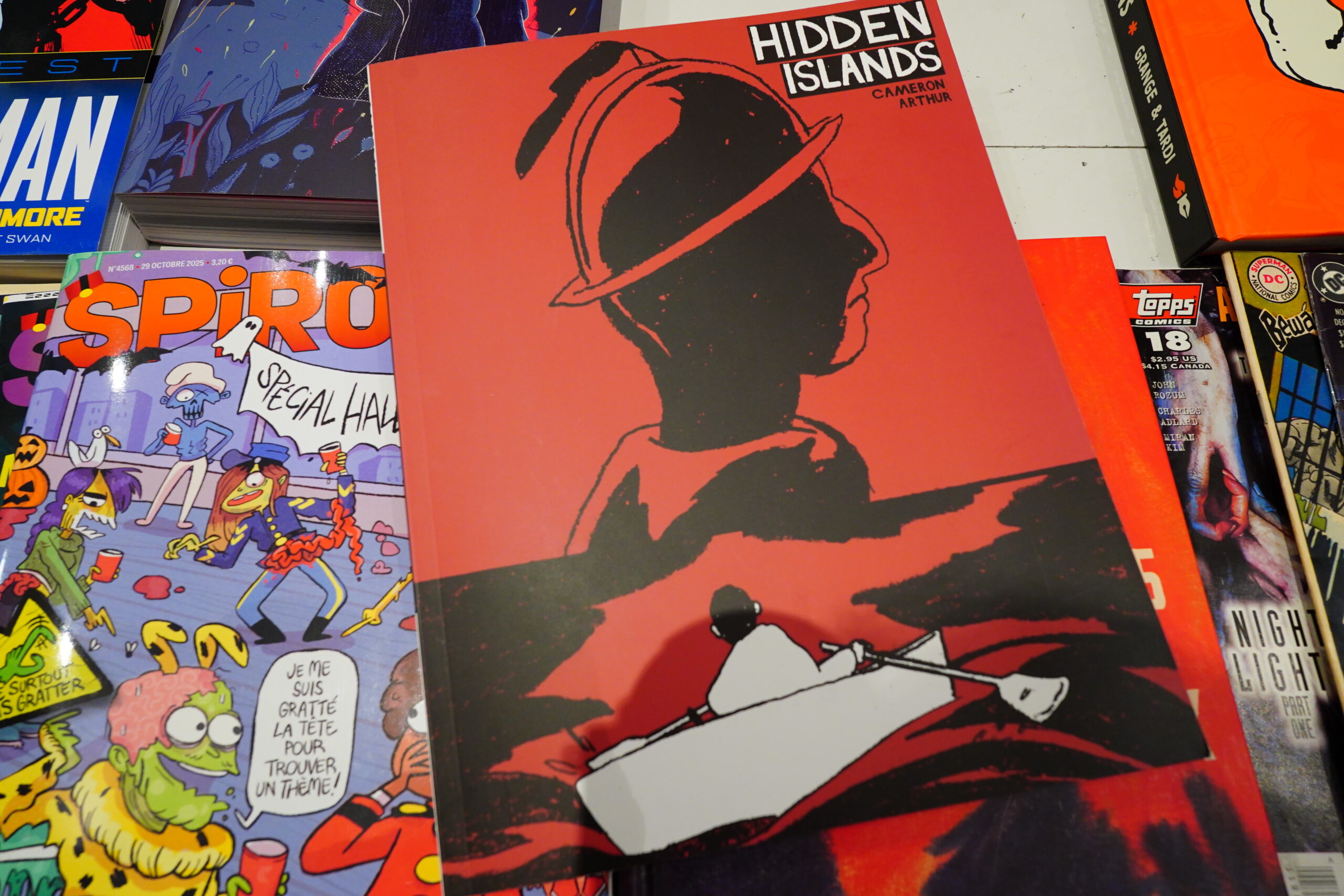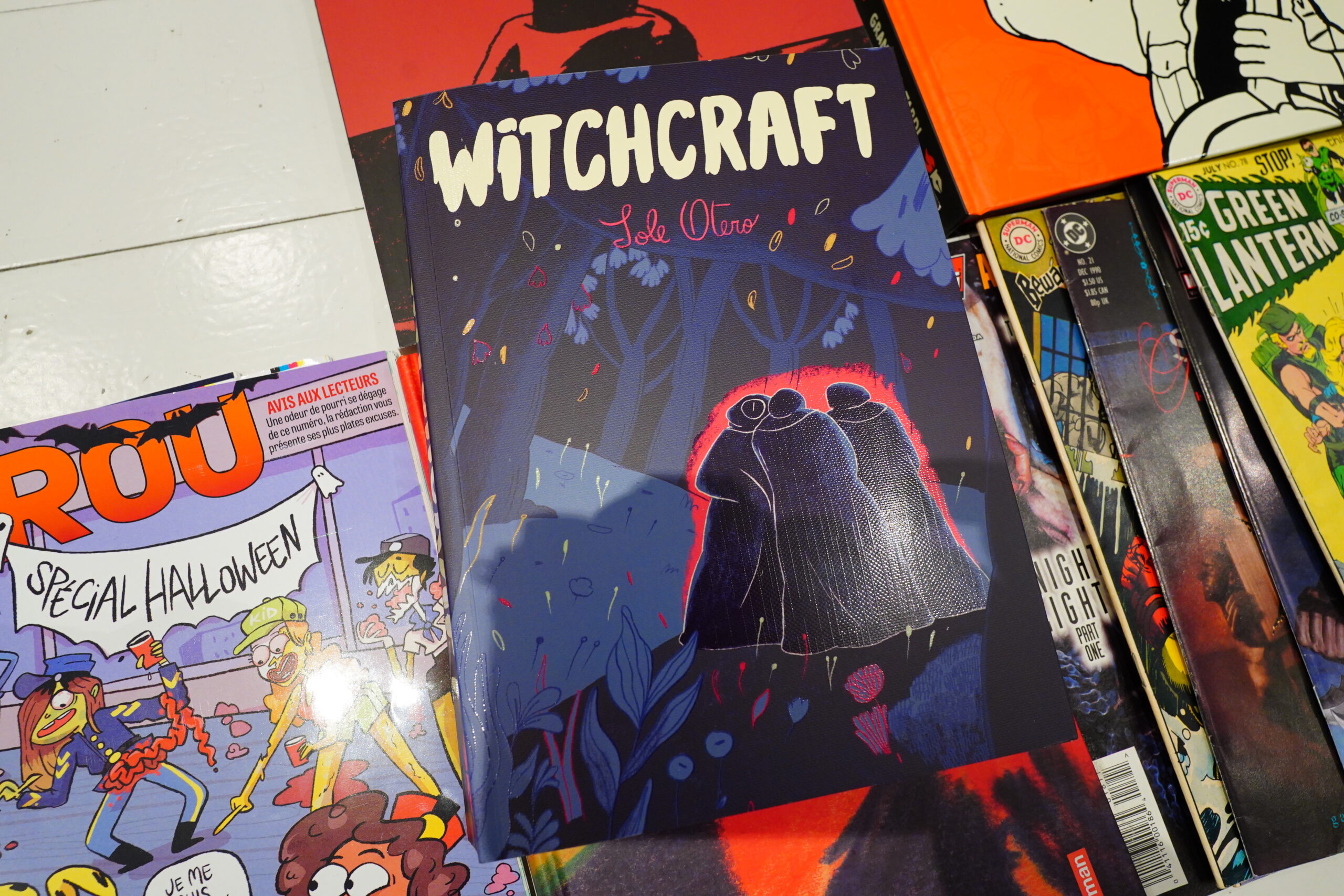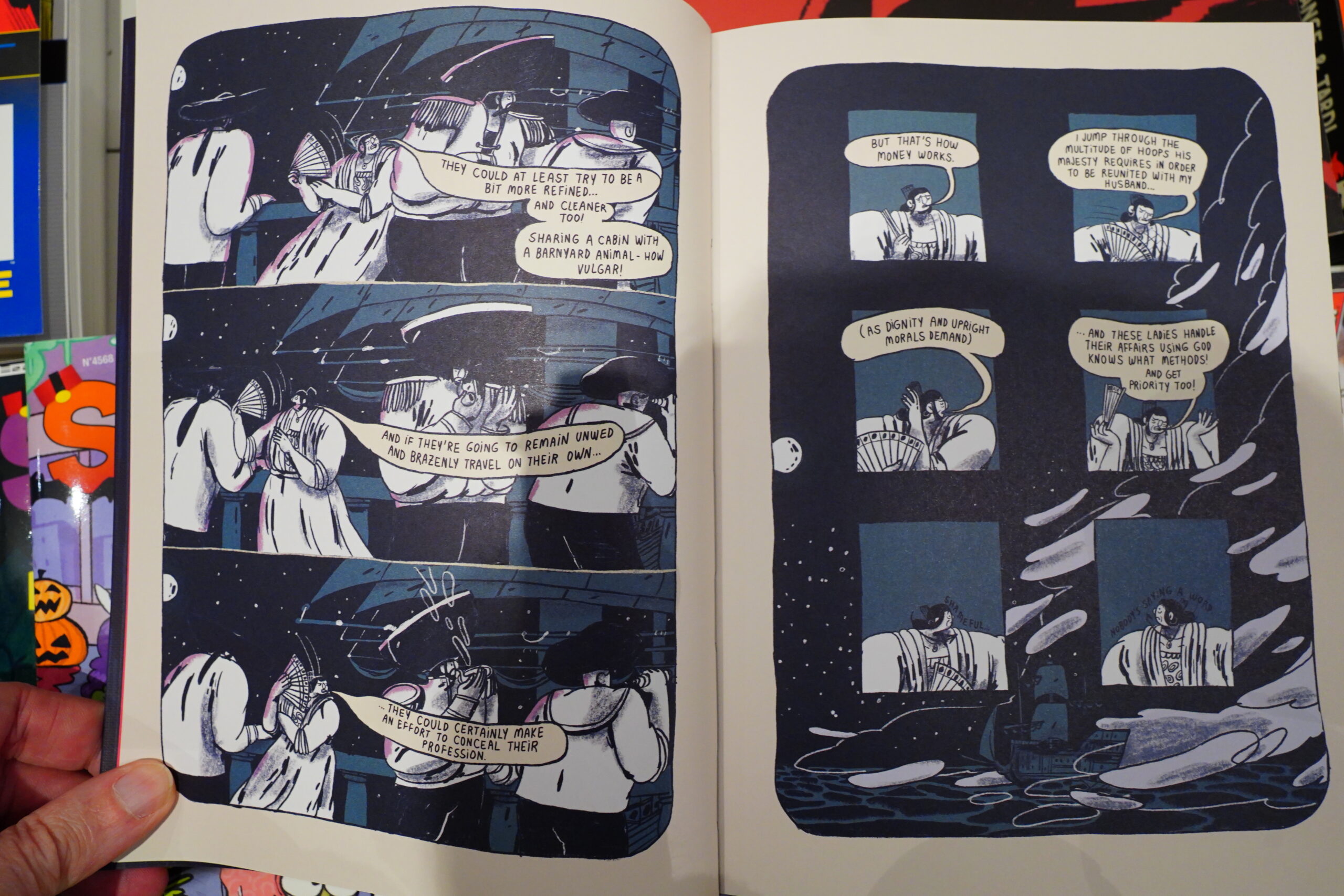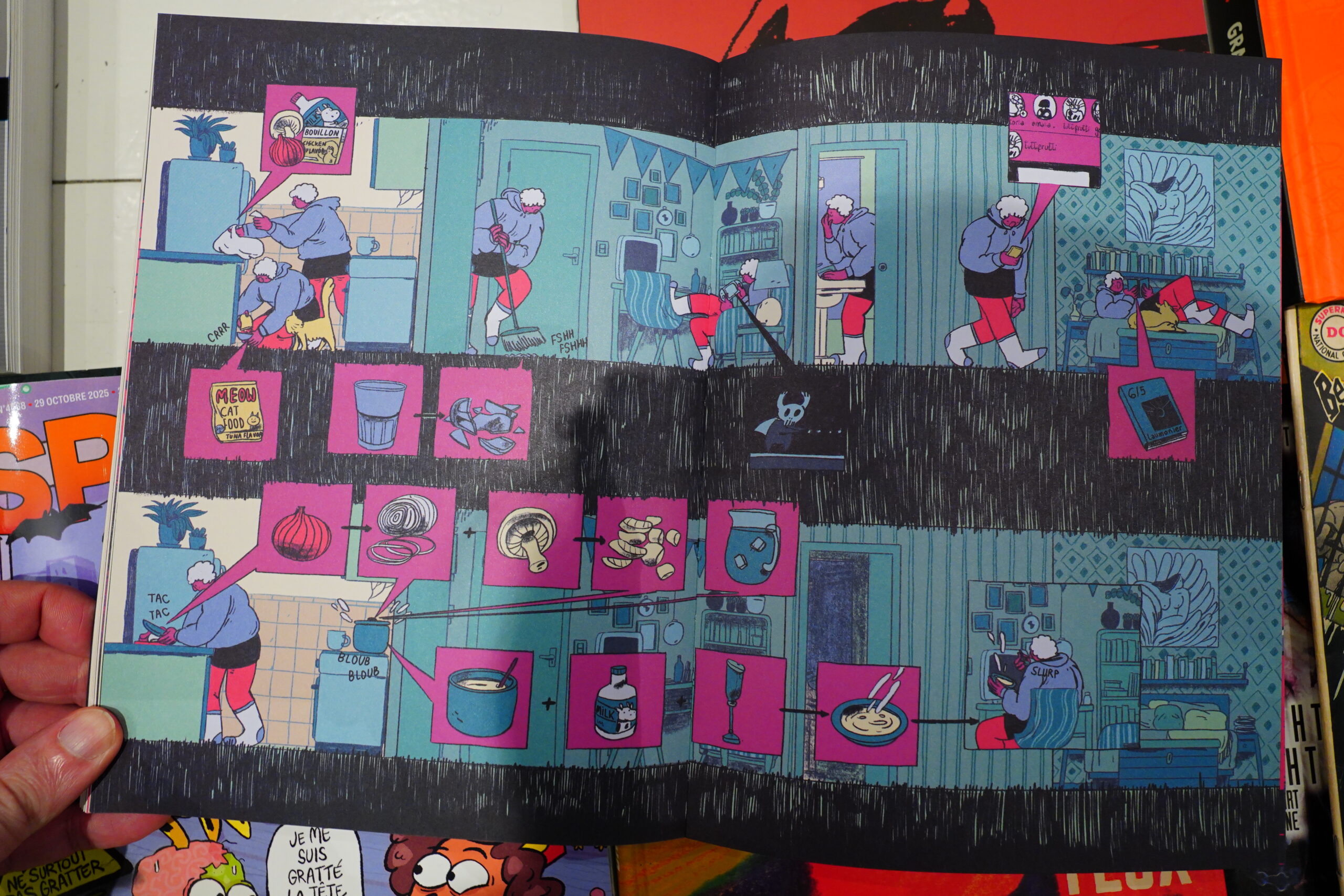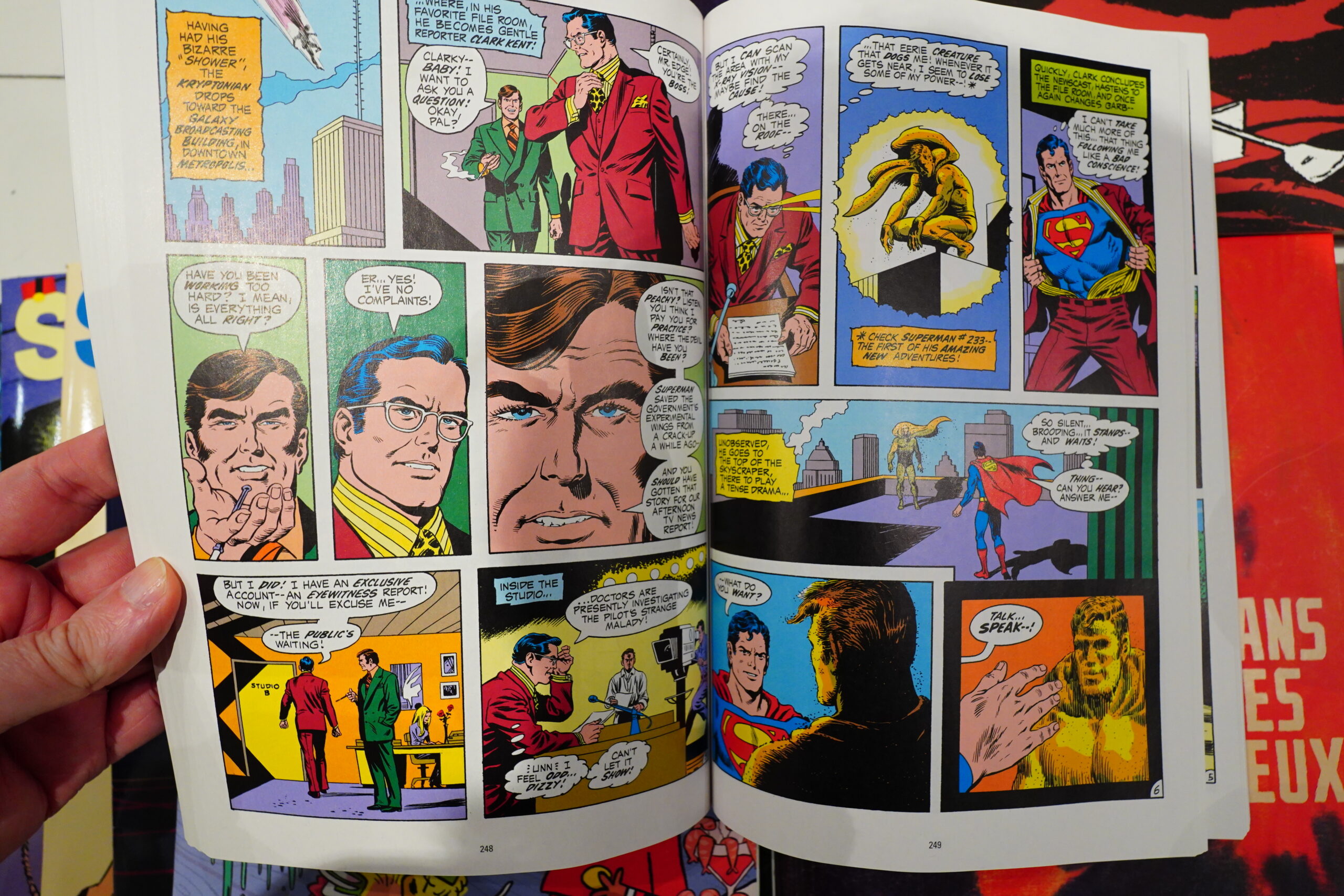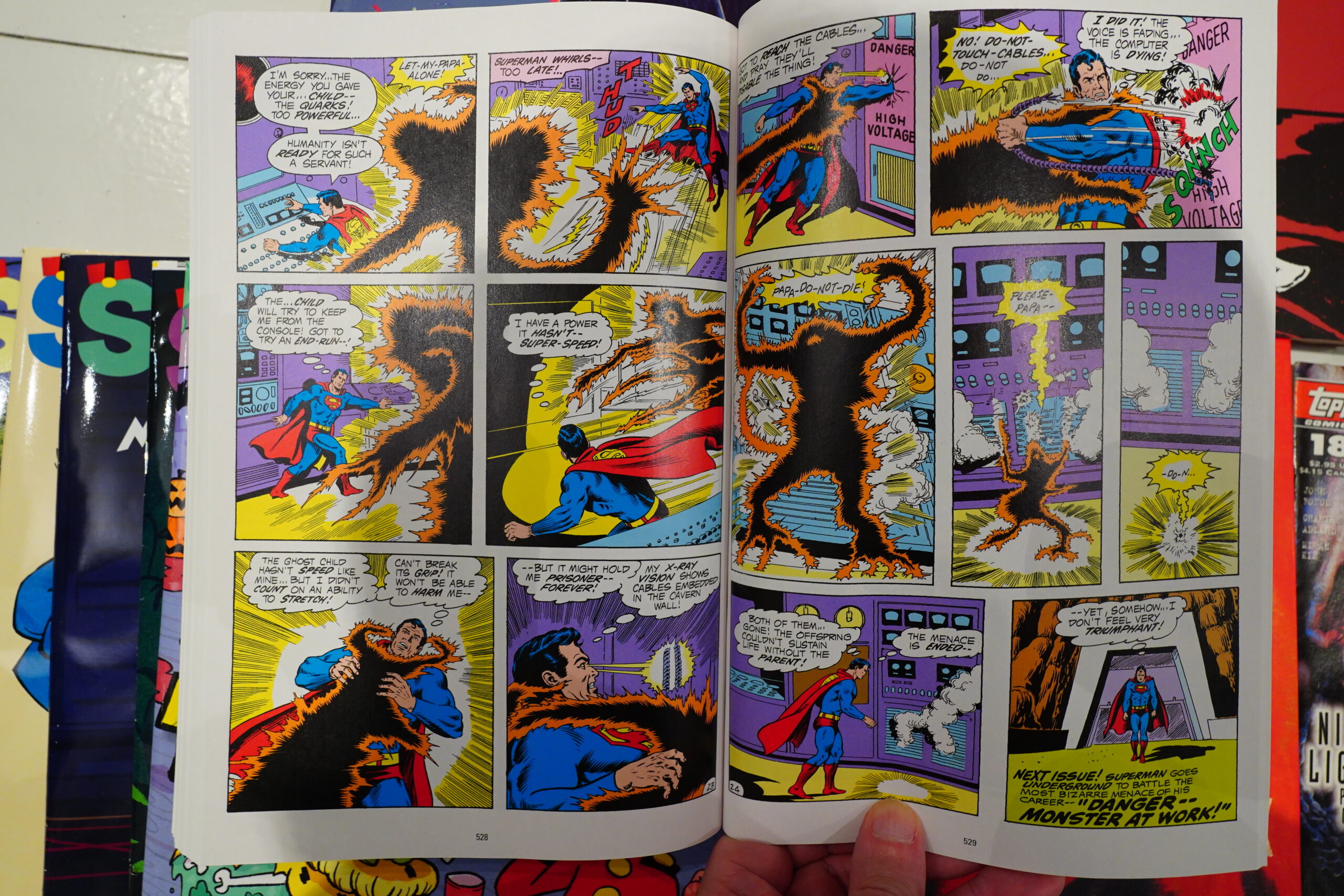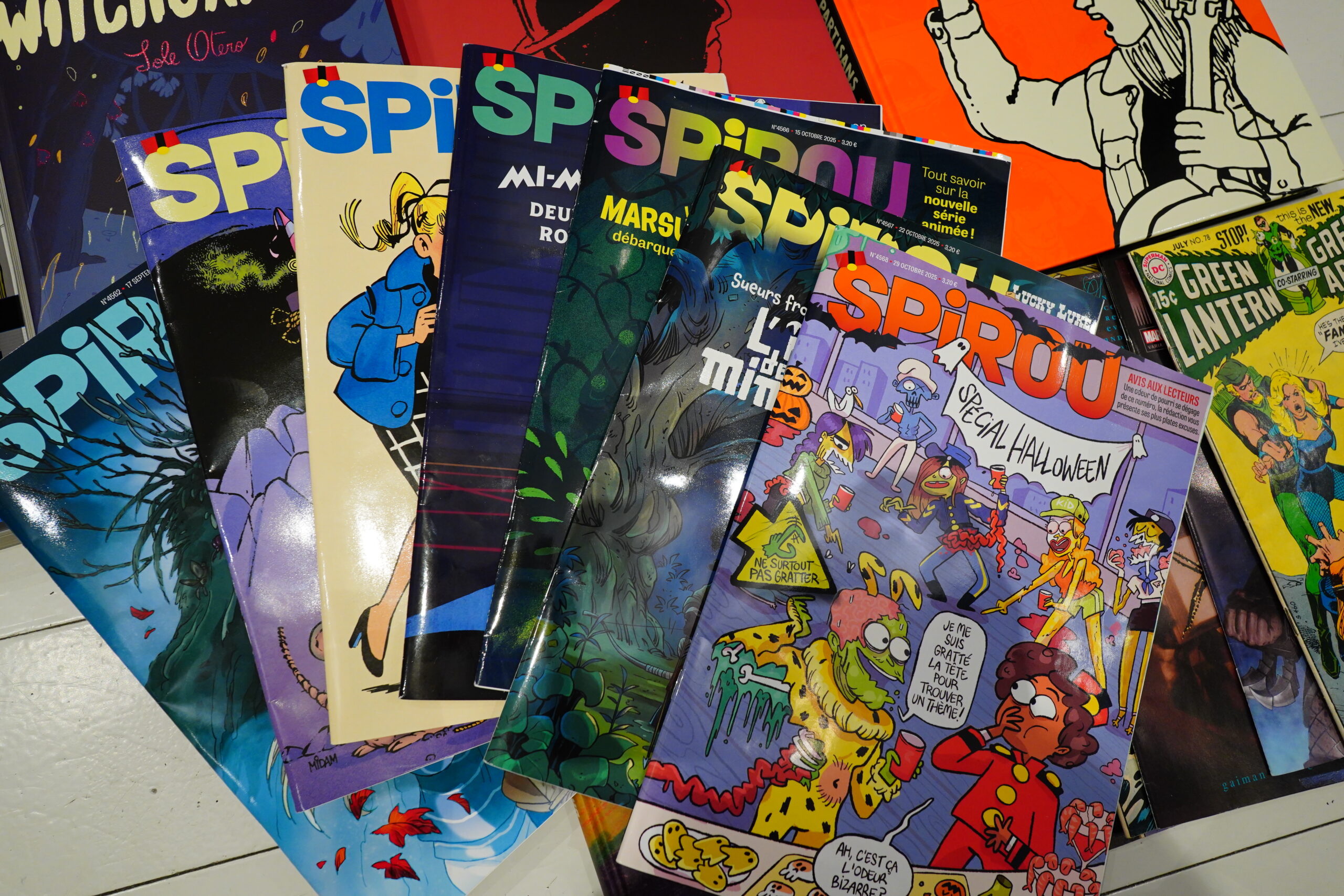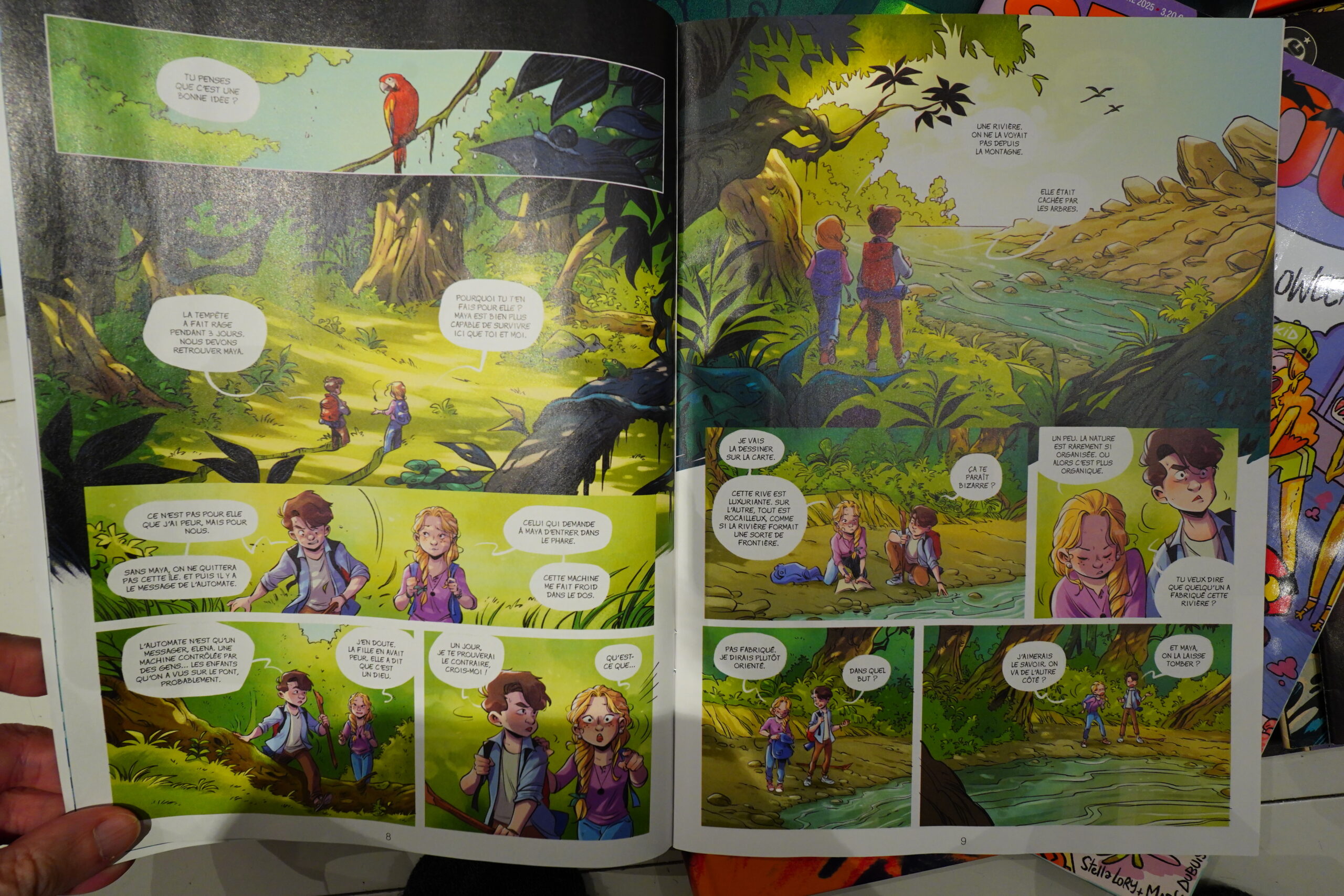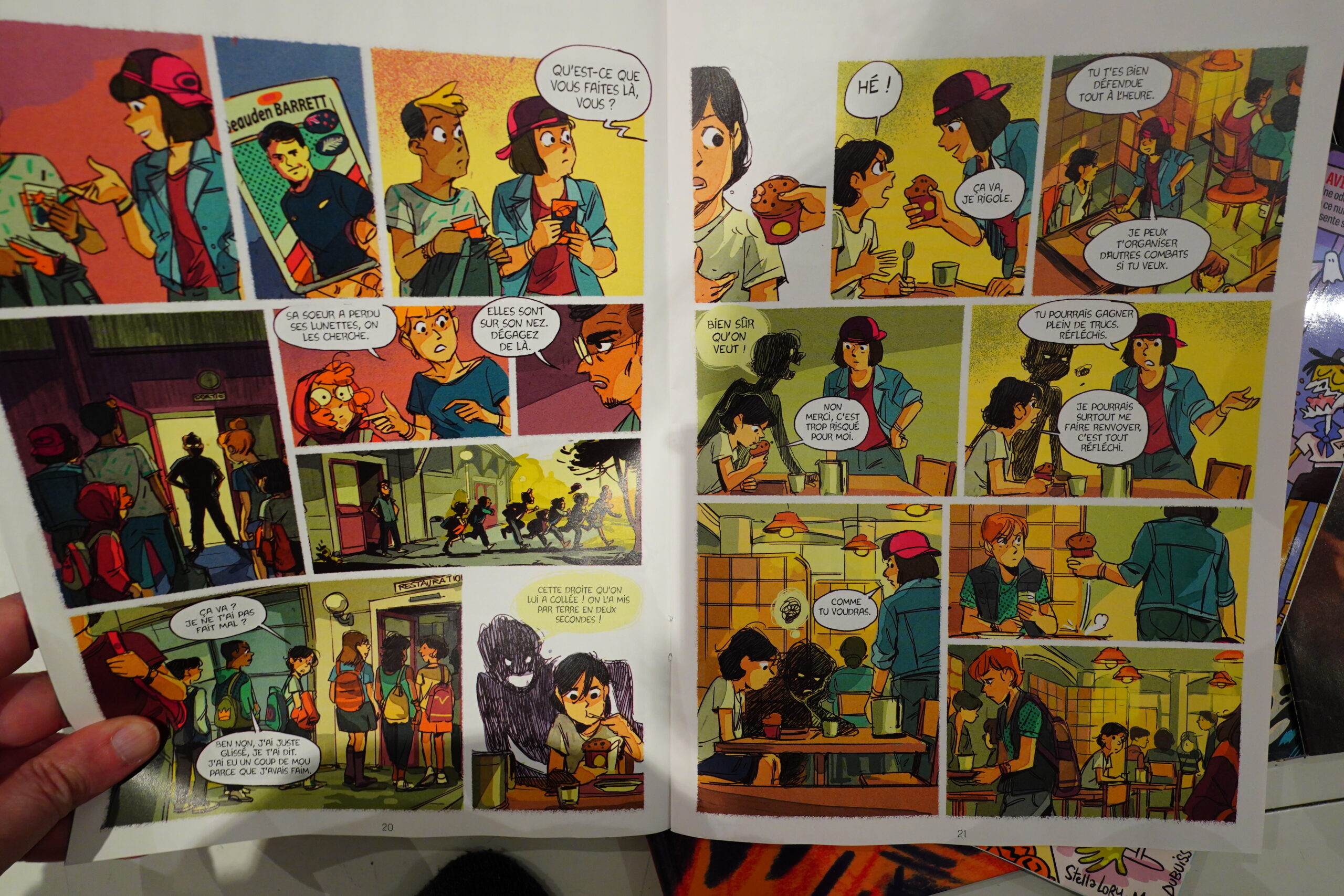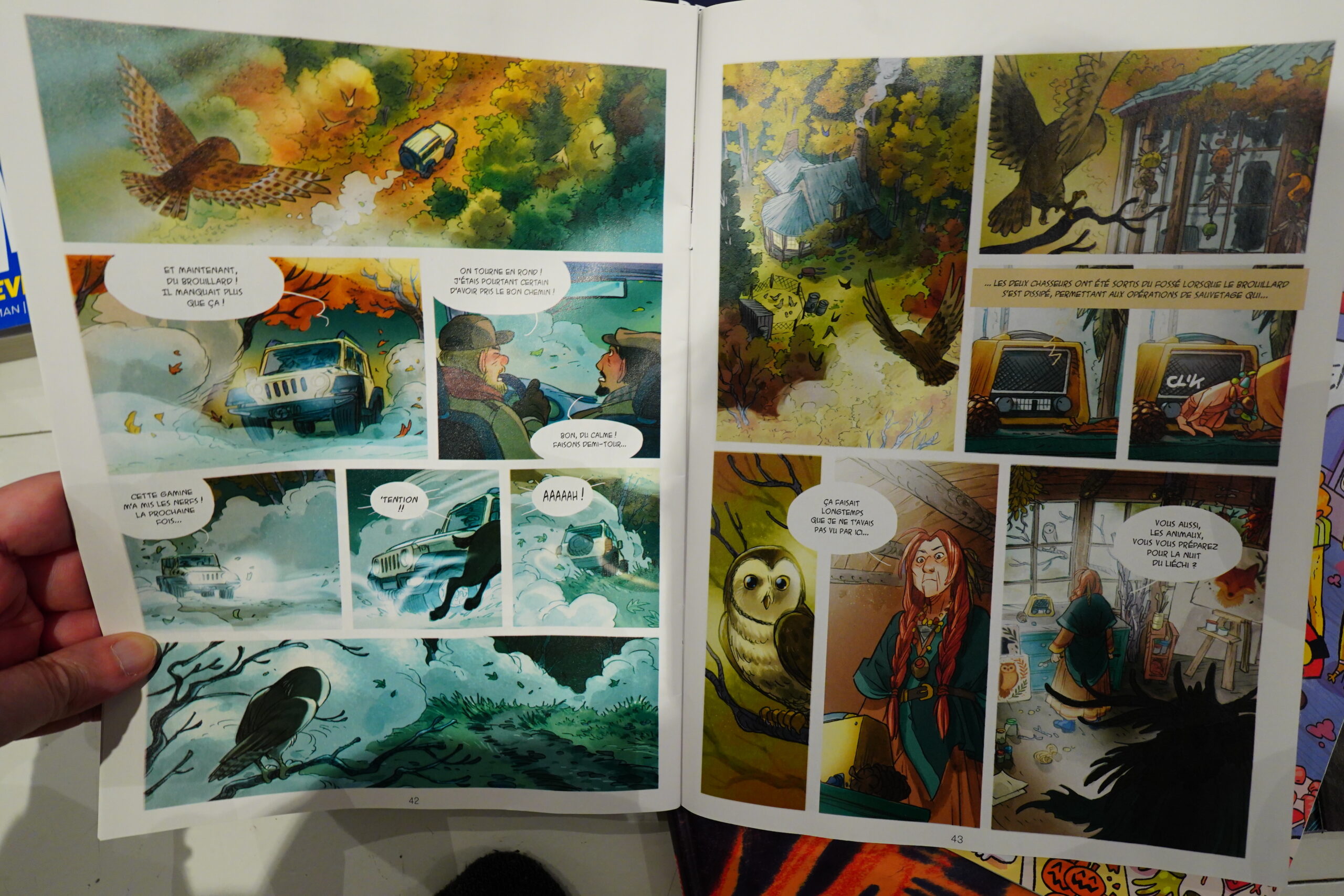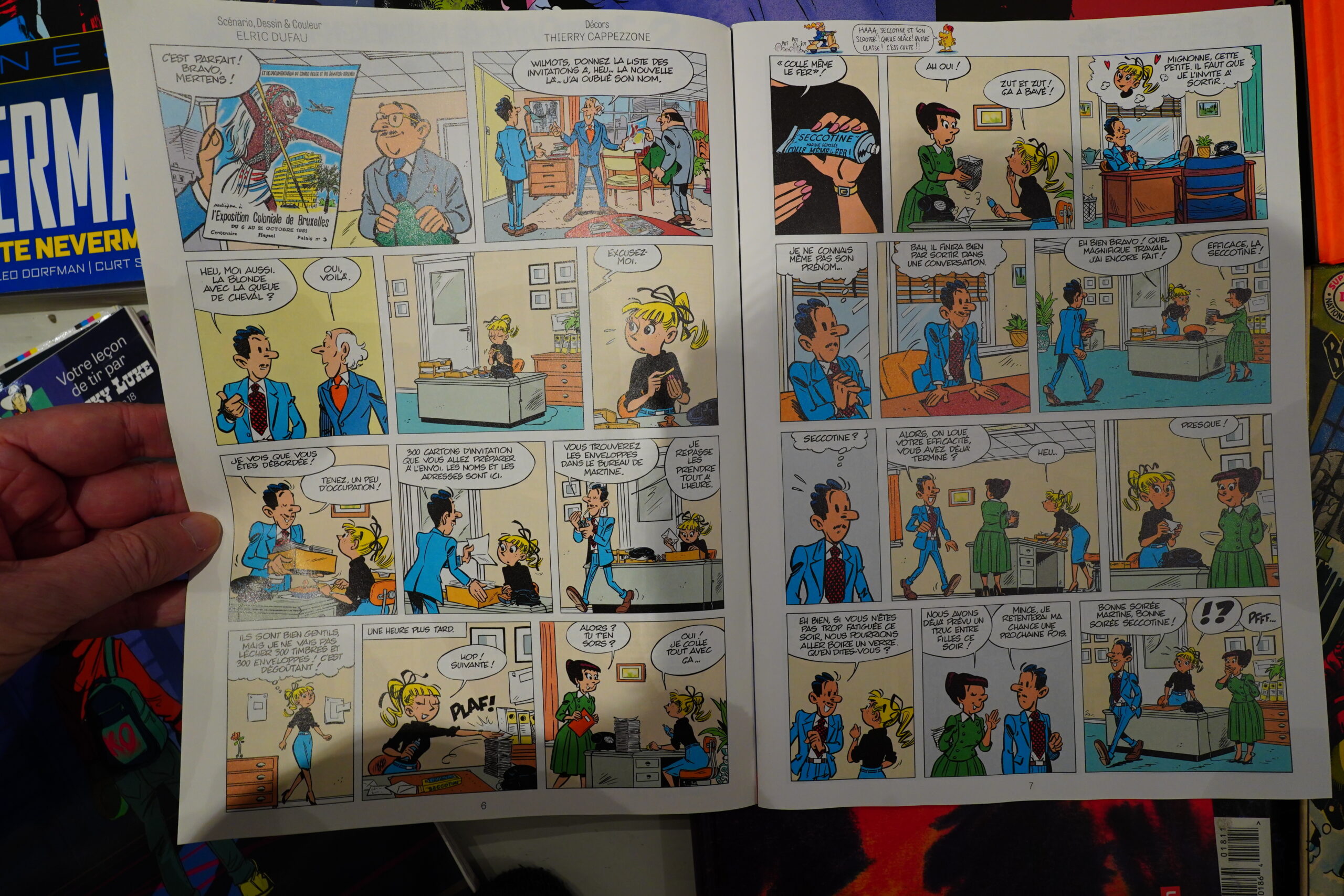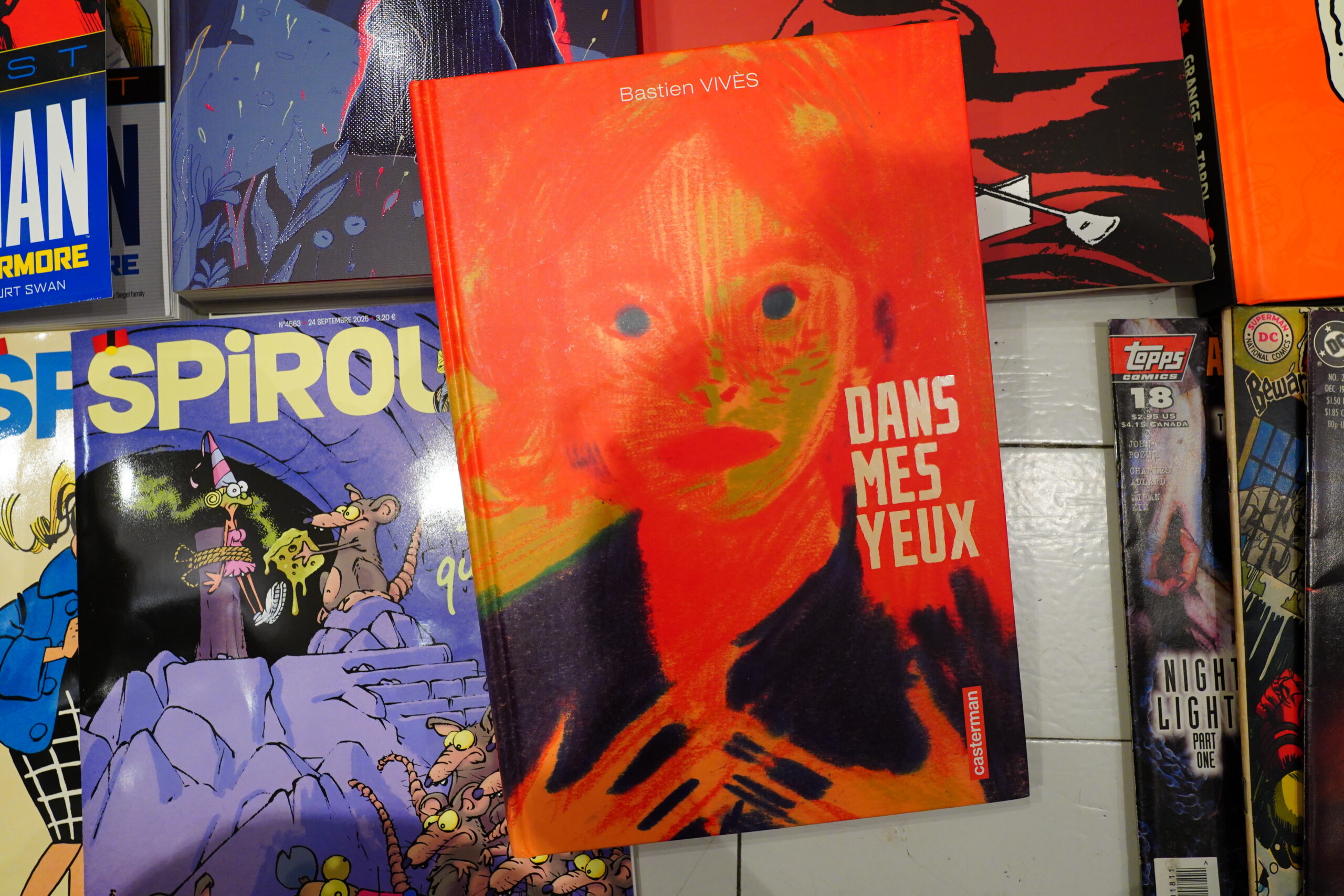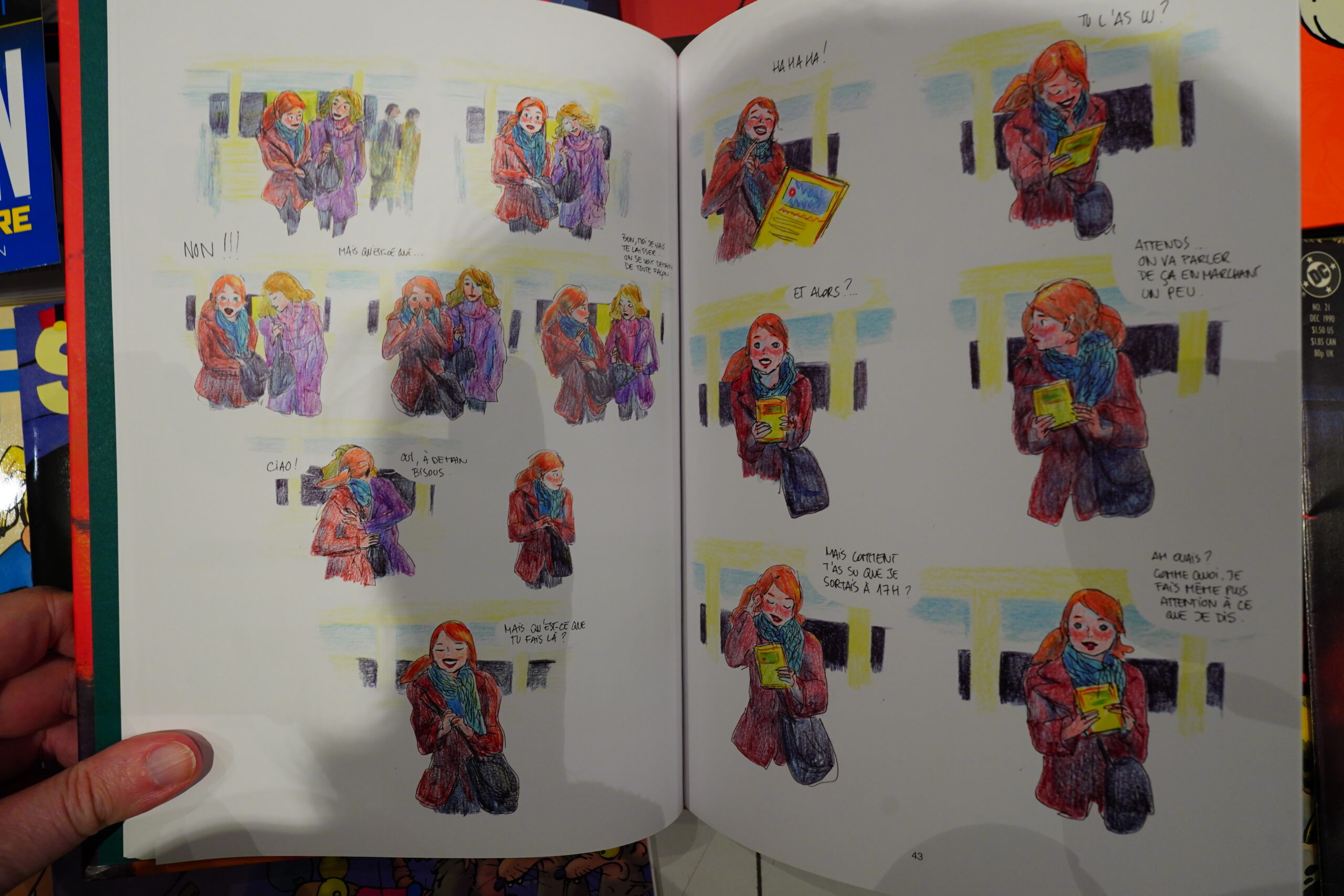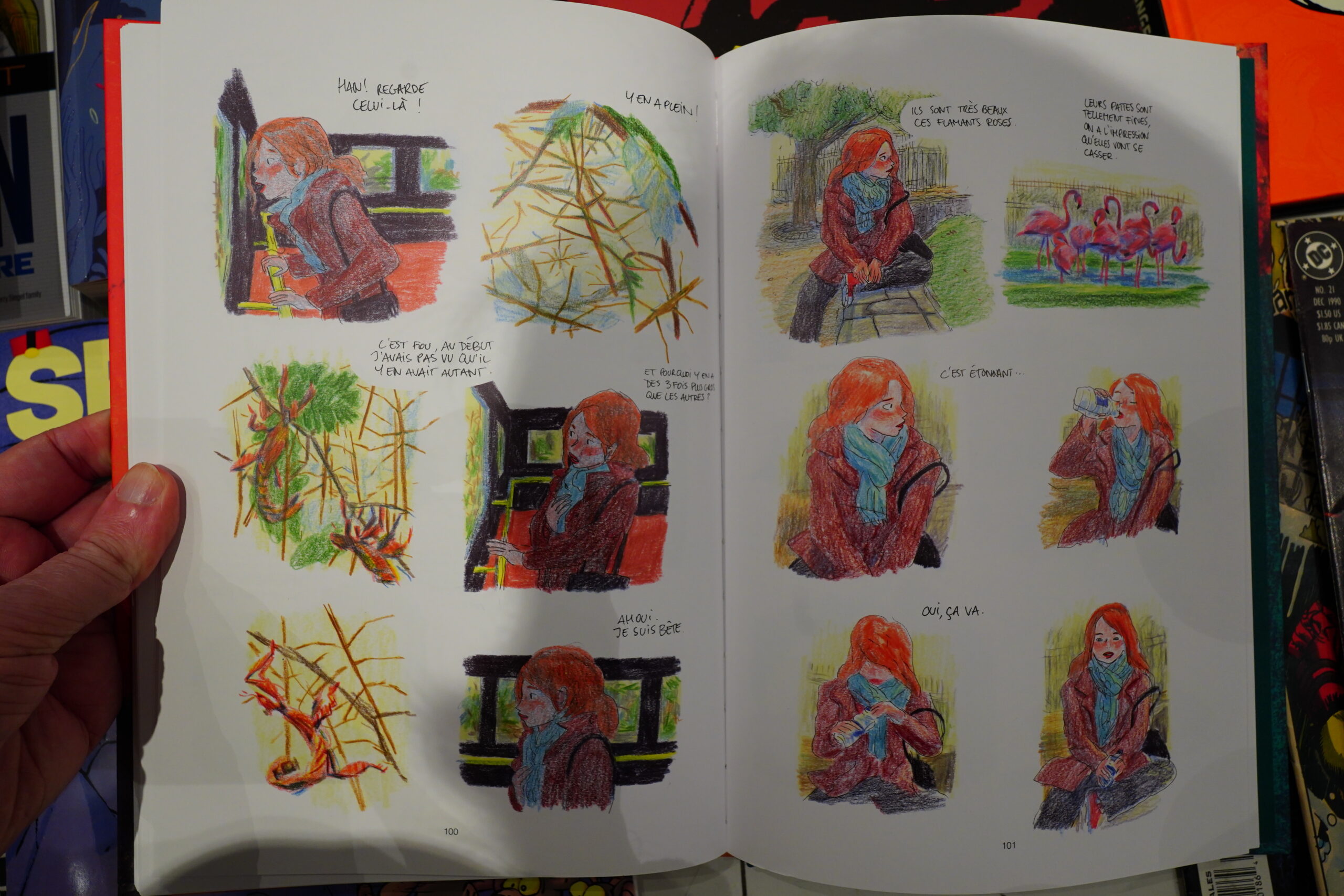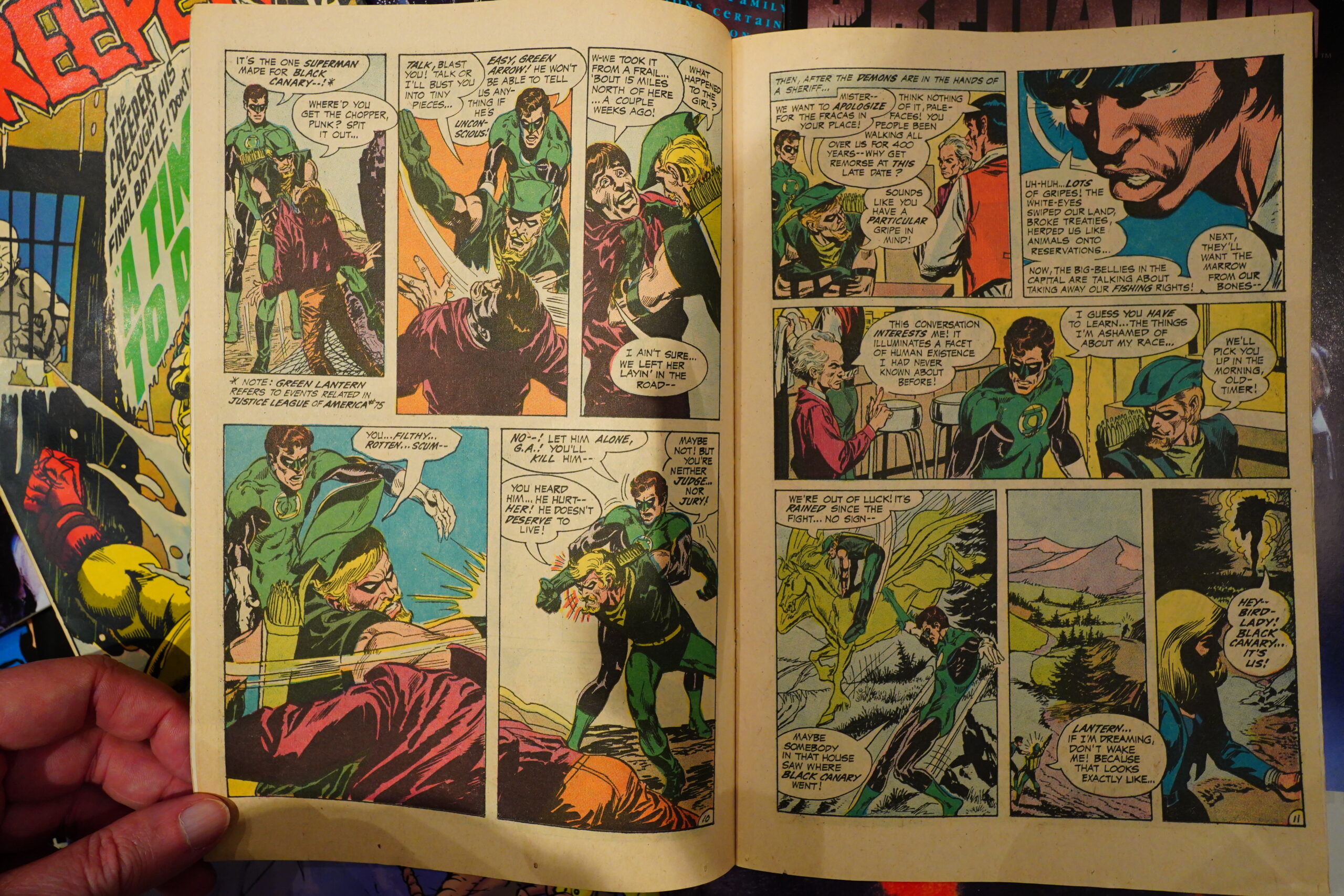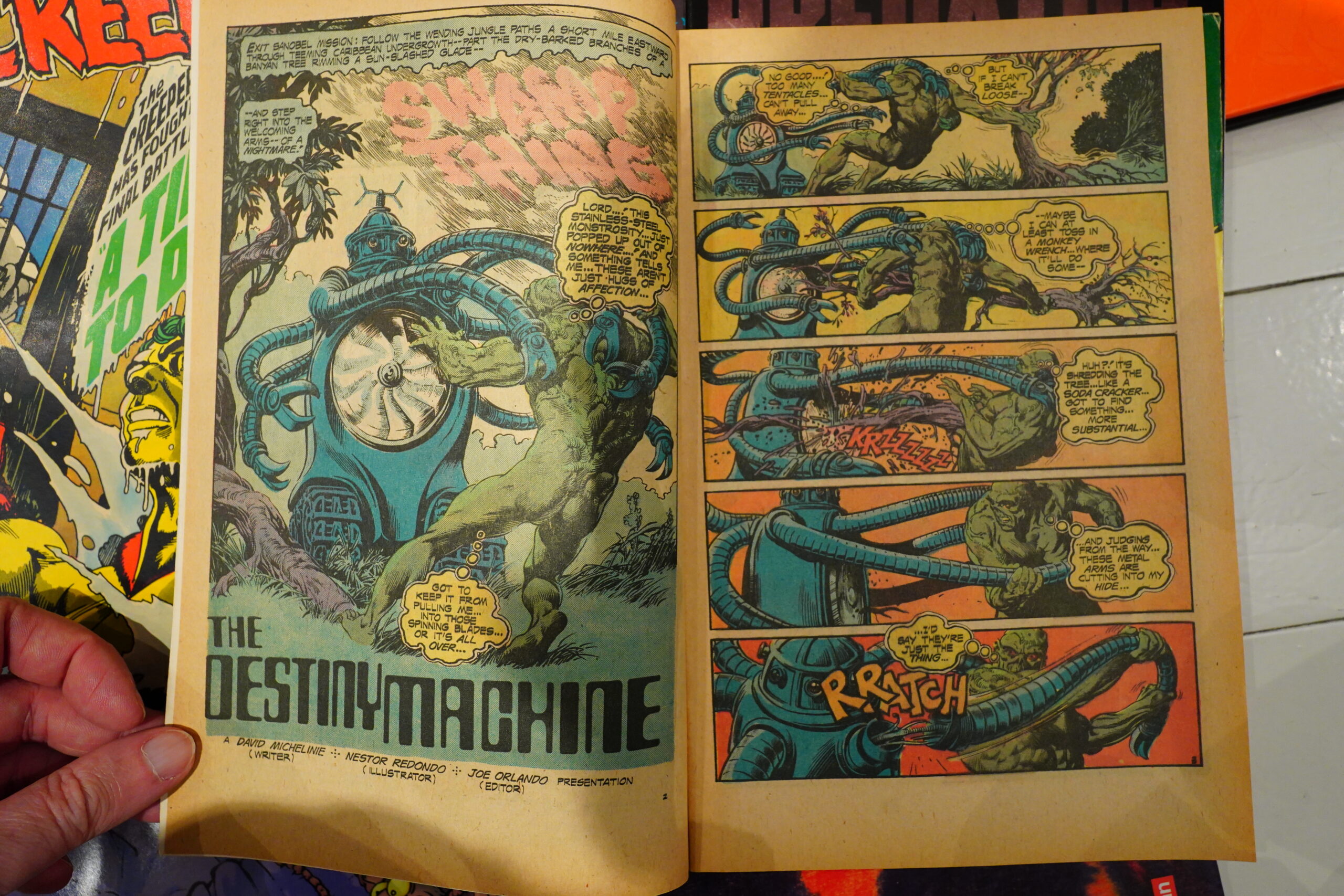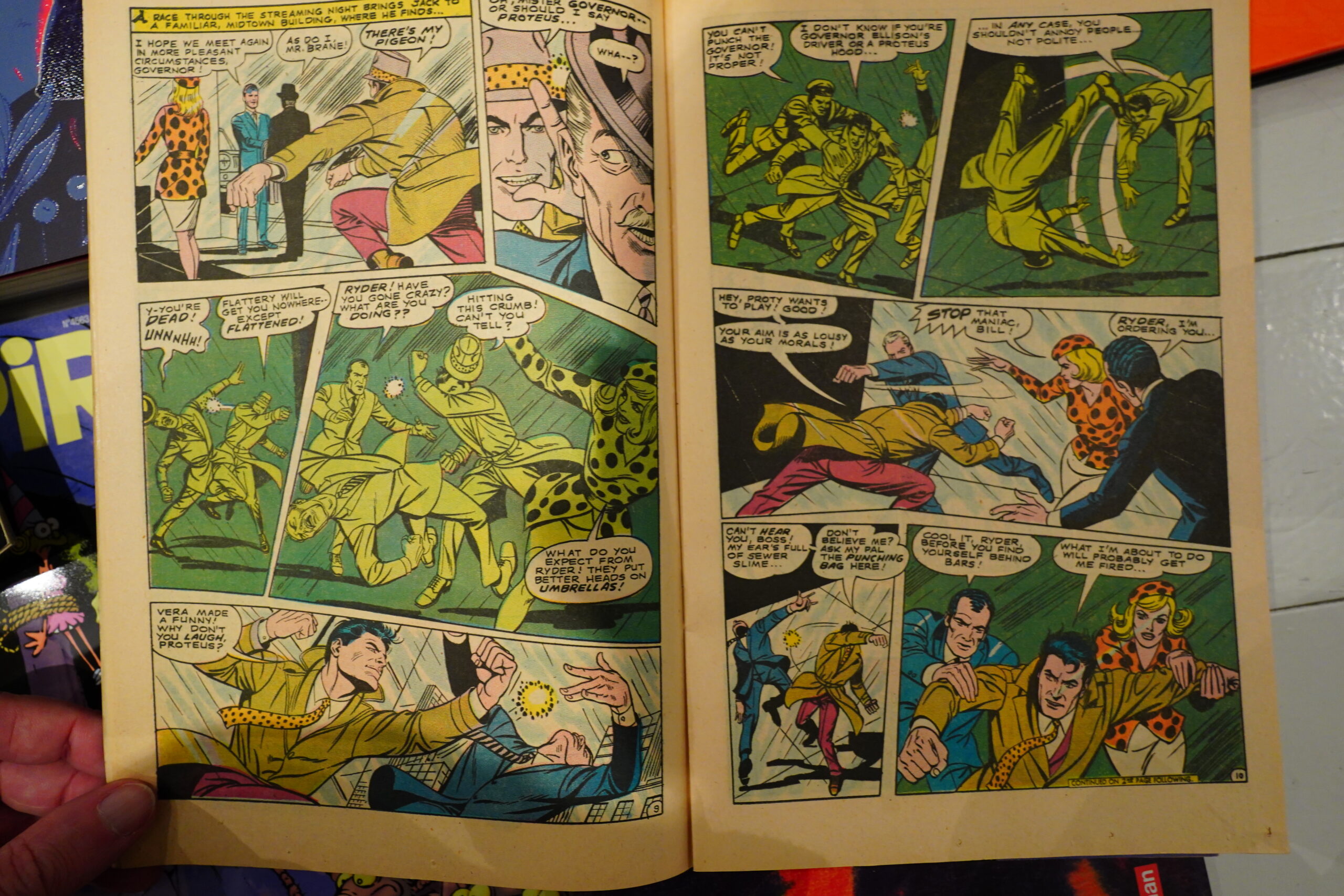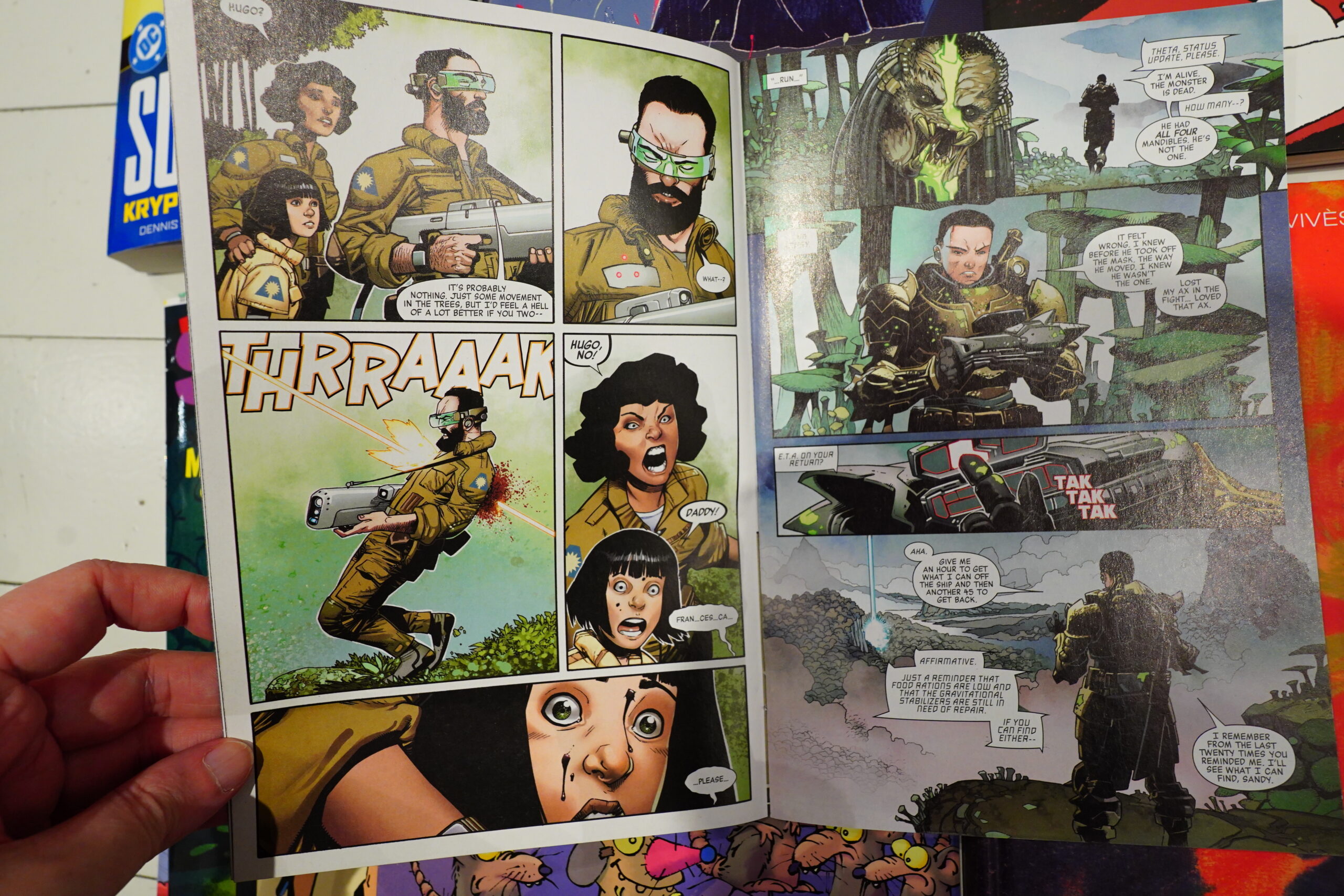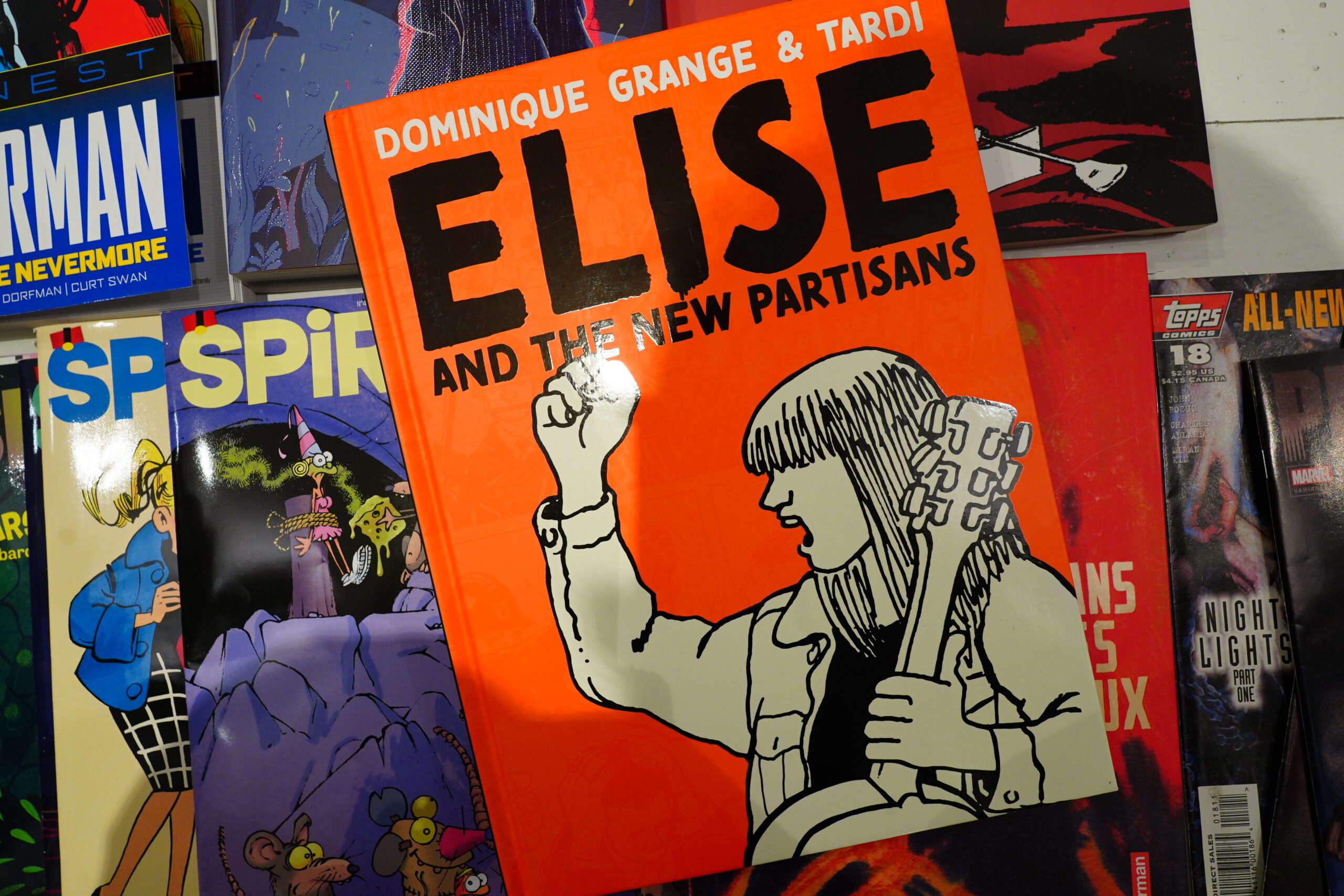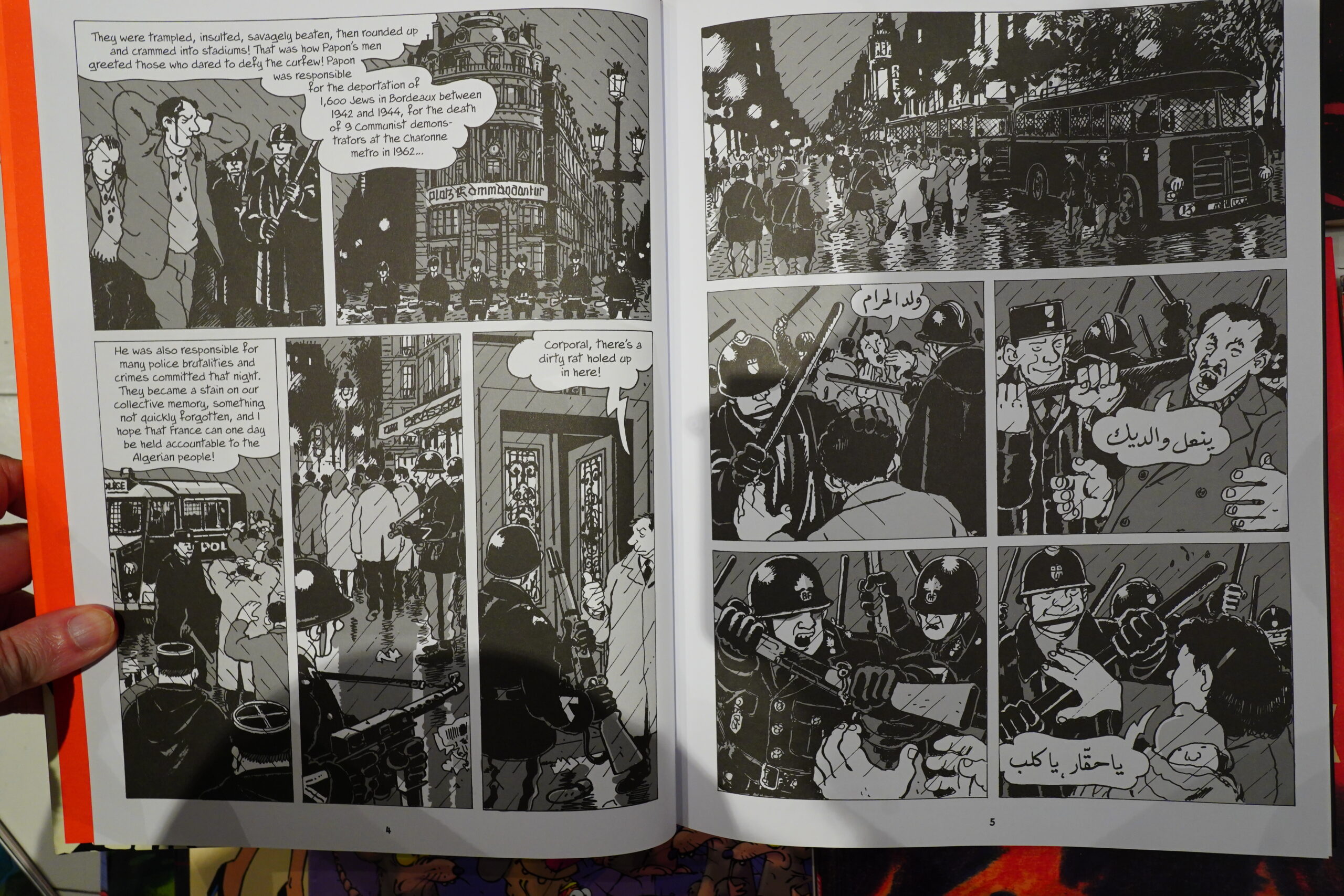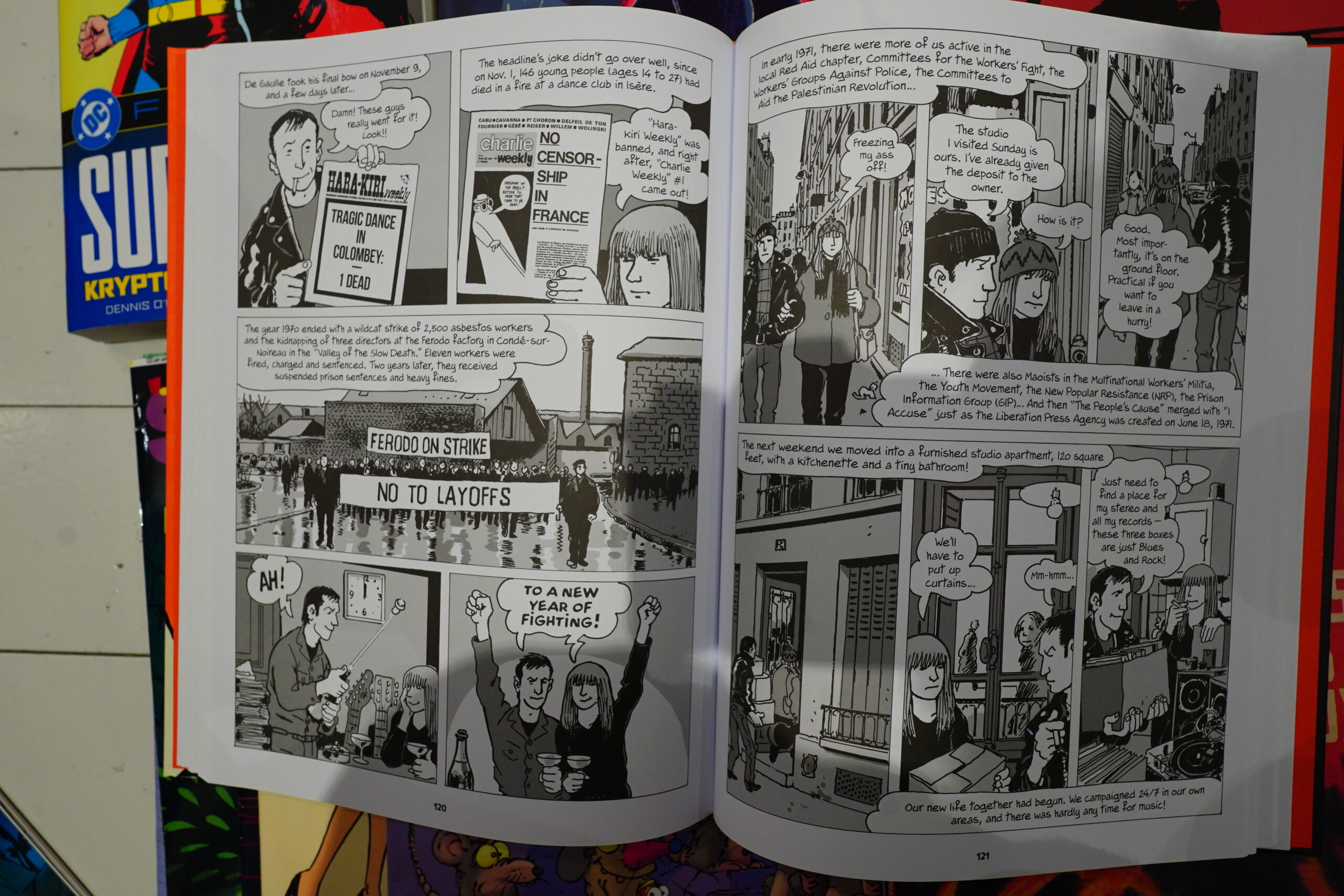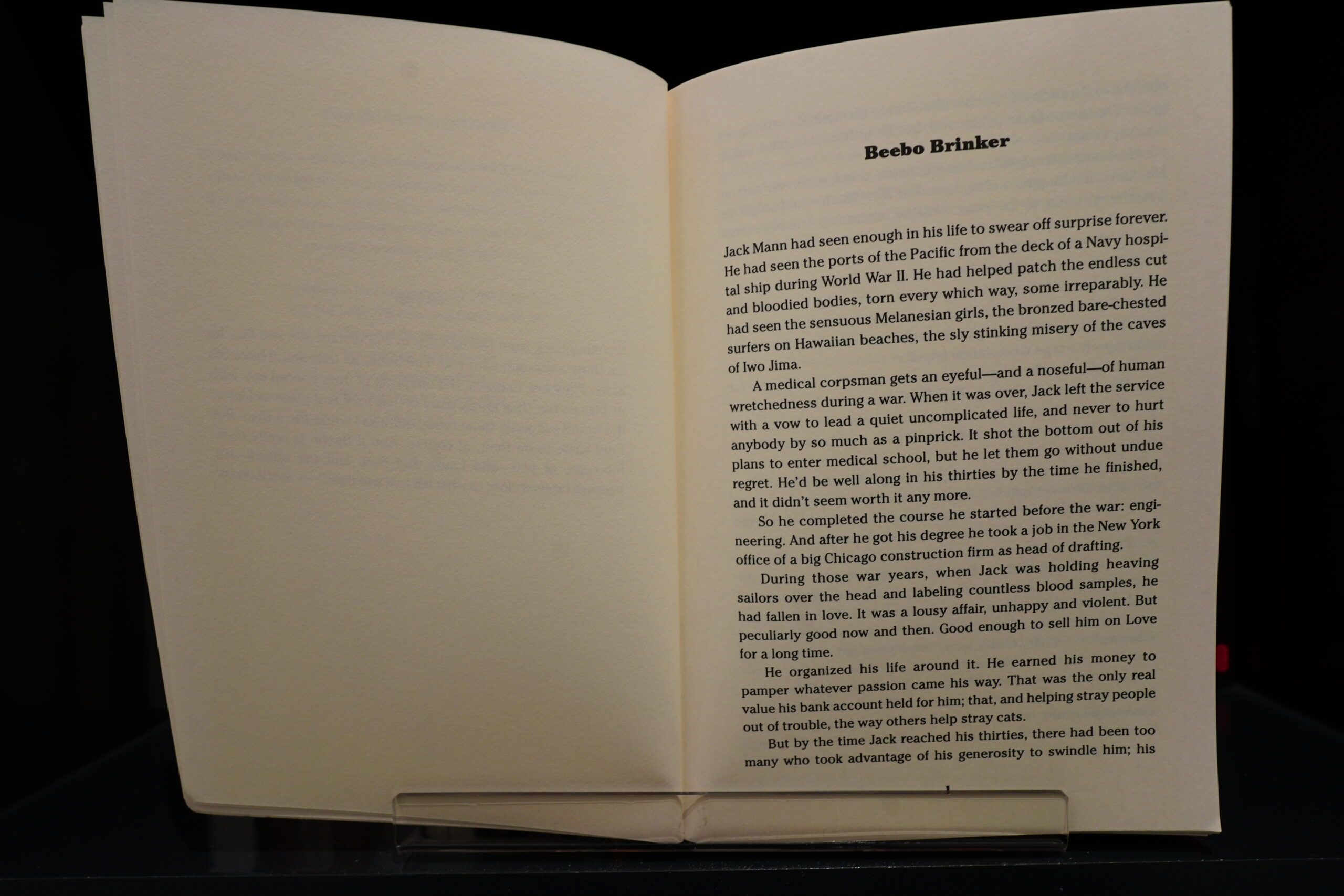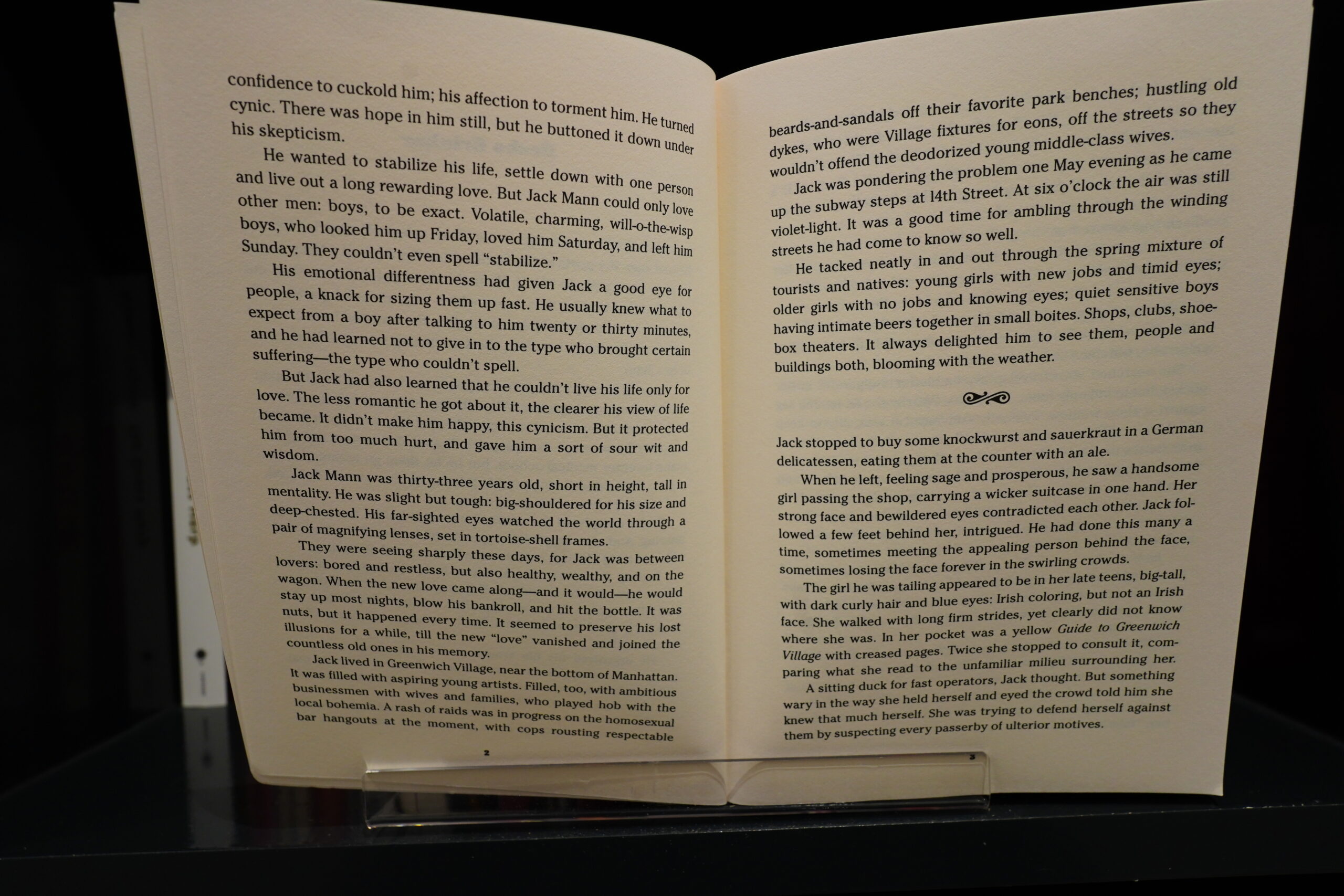October Music
Music I’ve bought in October.
Hey, that’s a lot of music all of a sudden — and most of it arrived a couple days ago, so I’ve only listened to most of these just a single time.
I’m using a forwarding service so things have a tendency to arrive all at once… Xmas in October.
The final Bowie box set is, er, not the most interesting one, to put it mildly, but I really enjoyed the Live in Montreaux discs — it’s a three hour concert, and it ends with them performing Low in its entirety! As a second encore! Bowie’s such fun.
I also enjoyed the remaster of Reality. Now, I’ve never liked that album much. I mean, even Bowie’s worst albums have some good tracks, and that’s true with Reality, too, but even so I’ve always found the album wholly bleh. It was originally mastered in typical 2003 fashioned — absolutely bricked, with no dynamics. The remaster is a typical 2025 remaster: Lots of dynamics, “separation”, and it bumps the bass a lot. That normally is pretty horrible, but it really suits Reality, and I found myself liking the album for the first time.
Opinions differ. Ahem. From Parlophone Finally Finishes Ruining David Bowie’s Catalog Mastering:
The original Heathen and Reality masters have a bit of top end glassiness, but they’re much better than John Webber’s new remasters in the box set (inevitably soon to be released individually). The remasters have an egregious bass boost, dried out atmospheres, and suffocated midrange transients. It sounds like a bad smiley-face EQ preset on your phone; was it “take your deaf toddler to work at the console” week at AIR Mastering?!
I bought the Joni’s Jazz four CD box, and man, it’s very strange. It has a handful of unreleased tracks, but it’s like 90% album tracks. And has over 60 tracks, which means that it has about a third of all the songs Joni Mitchell ever wrote? So it’s more of a career retrospective than anything else, and I don’t begrudge her doing something like that, but…
It’s just so badly sequenced.
Mitchell has always been mad at people for enjoying her earlier stuff more than her later stuff. She started being mad at people for that in the early 70s. And back then, it was warranted, because her greatest stuff was still to come. But then it stopped coming, and by the 90s, she was still writing pretty good stuff (and stuff that’s been undervalued), but it’s just not as good as Hissing Of Summer Lawns.
This collection is heavy on the later stuff, but is apparently randomly sequenced, so you have (as a random example) Sex Kills followed by Edith And The Kingpin, which just reminds you that Sex Kills isn’t as good as Edith And The Kingpin, in case you’d forgotten.
I’ve also been trying to buy more 70s albums I’ve never heard before! Not just box sets of stuff I’ve already heard! I know! It’s possible!
I’m veering into MOR-adjacent territories, which is scary, but there was a lot of good stuff back then…
But it’s possible to buy new music, too, I guess. Let’s see… what stood out from this month’s batch…
I’ve been buying all the stuff from Nia Archive’s record label, Up Ya Archive, and it’s all good.
I also bought the album by The New Eves. They’ve been hyped a lot, but I think I quite like the album? I’ve only had time to listen to it once, mind you.
Like everybody else, I quite like the Yasmine Hamdan album.
And also like everybody else, I like the Automatic album.
I’m not sure about the new Water From Your Eyes album. The first album was an immediate classic, but this one isn’t. I mean, immediate. But perhaps I’ll love it after hearing it a few more times. (The album also suffers from not having a cover by Nicole Rifkin.)
One of my favourites ever, Nobukazu Takemura, finally has a new album out. It’s been a decade since the last one? I think it’s good, but I’m not sure.
I finally bought that DJ Sprinkles album everybody’s been talking about for years, and it’s fine?
The Lencinho album is good…
I’ve been a huge fan of Sudan Archives since her first EP, but the new album? THE BPM? I think it’s kinda boring. But again, only listened to it once.
I saw Agriculture live earlier this year, and they were awesome. I think the new album is good?
And that’s everything I can remember about this set of albums.
 |  | %3A+Quartet) |  |  |
 |  | 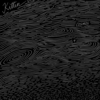 | 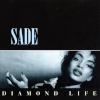 |  |
 |  |  |  |  |
 | ) |  |  | %3A+Heathen) |
%3A+No+Plan+E.P.) | %3A+Re%3ACall+6+(1)) | %3A+Re%3ACall+6+(2)) | %3A+Re%3ACall+6+(3)) | %3A+Live+at+Montreux+Jazz+Festival+(1)) |
%3A+Live+at+Montreux+Jazz+Festival+(2)) | %3A+Reality) | %3A+A+Reality+Tour+(1)) | %3A+A+Reality+Tour+(2)) | %3A+The+Next+Day) |
%3A+The+Next+Day+Extra+EP) | %3A+Blackstar) |  |  | ) |
 |  | ) | ) | ) |
) |  |  |  | 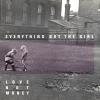 |
 |  | ) |  |  |
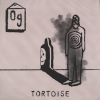 |  |  |  |  |
 |  |  |  |  |
 |  |  |  |  |
 |  |
Random Comics
Hey, I read some comics. It’s been a couple of weeks, but I finally got comics reading again the past few days. Let’s see what’s what.
I’ve read a couple of Cameron Arthur’s comics before, and I’ve found them really intriguing, so it’s fun to see that this Hidden Islands collection seems to have gotten a bit of attention.
Because it’s really good. Arthur’s has such a strong sense of flow, and it’s like every panel has a lot of storytelling going on.
Each story is done in a somewhat different style, but it still feels very cohesive.
And it comes with a bookmark. Nice.
This was originally published in Spanish…
… and I first thought that this was one of those secret short story collections. You know the kind — everything about the book makes you think it’s a “graphic novel”, and then it turns out to just be a collection of random stuff, which always feels very sneaky. I mean, I like collections of stories, but I guess they sell less?
Anyway, this is not that, but I thought it was, because…
… each chapter is done in a somewhat different style, and seems like they have different characters, but then things become clearer: It’s all one narrative. And it’s a good one!
But… the first few chapters are kinda naff, and it’s not until the above one (which is about halfway in) that I started enjoying it.
I like some things about the artwork, but I don’t really enjoy looking at these figures. They feel very 2021 — the large, bulbous bodies and tiny heads; Corporate Memphis in comics form. And it’s a problem for the comics — there’s very little to distinguish faces, so you have to keep thinking “right; that’s the one with the slightly longer hair” to make sense of what’s happening.
But the good parts are very good; there’s some really original things going on in the storytelling. The ending is the most groan-worthy thing ever, though.
Yes, I bought another one of these DC Finest collections. This time around, it’s a collection of Superman and Action Comics from 1970-71, and as usual, there’s no stated rationale for why exactly these two comics are collected together, or why this particular time period.
All the artwork is by Curt Swan (and mostly Murphy Anderson on inks), so perhaps that’s the reason? In any case, Action Comics (seen above) is quite different from Superman (seen below) in this time period, and it makes for an interesting contrast.
Action Comics is rather still in the 50s/60s zany adventure mode, but not quite as zany as they used to be. It’s like it’s more aimed at nine year olds than five year olds?
Meanwhile, Superman (“The New Adventures Of”) has several b plots that go on for dozens of issues (written by Denny O’Neil), so it’s more like “modern” super-hero comics.
But is any of this any good?
Well, I read a few of these comics back when I was nine myself, and I haven’t read them for many, many decades, so it’s hard to say what’s nostalgia and what’s not, but I really enjoyed reading this collection. Everything is so low stakes — Superman doesn’t have to go on A Mission To Save All The Multiverses From Being Destroyed even once, and that’s so refreshing. It’s just very readable, somewhat silly stories with somewhat attractive artwork.
I think I’m going to buy more DC collections from the 70s, perhaps. It hits a sweet spot, at least for me.
Look at how many issues of Spirou I’ve read! Je suis très fier.
Spirou is very variable, though — whether it’s actually enjoyable depends on what they’re serialising, and this period has been, like, bad. The main serial are all so samey, and worse — after serialising one album, they start serialising the next one! It feels like it’s been months just of junk like L’île de minut…
… Mi-Mouche (ok, ce n’est pas horrible, mais…)…
… and Les sœurs Grémillet…
… et le pire, c’est Louca. Beurk!
Yes, yes, yes, I know, this is a magazine for children, but all these are just so samey.
OK, I was wrong — the worst thing is this atrocity above: It’s a story set in Champignac’s youth (yes, the genius from Spirou), which has him going to Japan to commit suicide by going to where the Americans are going to drop the atom bomb. (But because of a heavy cloud cover, they drop the bomb on Nagasaki istead.)
It’s so… tasteless.
But there’s some fun stuff in these issues, too, so it’s not a total loss.
I don’t know whether Dans mes yeux by Bastien Vivès has been translated yet?
Anyway, I’ve never read a comic quite like it. Yes, there’s been other comics told 100% from a first person perspective, but in this one, we don’t even get to hear what that person says: All we get is what he’s looking at, and what the person he’s talking with is saying. Yes, it’s gimmicky, but it works.
It’s also slightly unnerving, because we learn so little about the… well, I can’t call him “narrator”, because he doesn’t narrate anything. But it feels like it could set us up for some horrible twist ending, but I’m happy to report that that doesn’t happen. It’s just very interesting.
That the artwork is so attractive doesn’t hurt a bit, of course.
I’ve bought a bunch of comics from ebay sellers for a blogging project that’s going to start next year, but some sellers have included other comics — either as packing material, or just gifts, I guess?
I was really surprised to get three 60s/70s DC comics, for instance. Surely they can’t be worthless? So, er, thanks?
The Green Lantern/Green Arrow book is from that classic “socially relevant” run, which I read as a kid. Neal Adams is always fun to look at.
I’ve never read this Swamp Thing before. I guess this is from after Len Wein/Bernie Wrightson left the book or something? It’s OK, anyway.
And I’ve never read The Creeper before, and there are no credits in the book, but I guess this looks like Steve Ditko? Inked by… er… Gil Kane did the cover, but it doesn’t look like he’s the inker here? Could it be… Al Williamson? Just from looking at that bottom left-hand face.
I forgot to google this when I was reading it, so let’s do that now…
Mike Peppe! Never heard of.
Some new comics were also included. This Predator thing from Marvel is so clichéd that it reads almost like a parody — the protagonist gets the Trauma Background (because that’s the proscribed background for all protagonists now) and the plot is the Revenge Plot (because that’s the only plot that’s allowed this week).
But within those confines, it’s not awful.
*gasp* Fantagraphics published a new Tardi last year, and I didn’t notice. How is this even possible.
Anyway, this is written by Dominique Grange, and it’s really good.
The way it moves between different time periods is very slinky, but it’s basically about France in the 60s and 70s, and it’s about struggling against the Fascist regime and all that good stuff. It sometimes gets a bit bogged down, but it’s mostly totally exhilarating to read.
And Tardi’s artwork is as amazing as ever. I give the album eleven thumbs up.
I’ve now bought an album by Dominique Grange, because I’m wondering what her music is like.
OK, that’s it.
Punk
Book Club 2025: Beebo Brinker by Ann Bannon
I bought this, like, 20 years ago, because it’s one of those rediscovered masterpieces, and they can be interesting. And then I didn’t read it, because it’s one of those rediscovered masterpieces, and those usually aren’t very good.
But it’s not bad. I haven’t read any of the other books in this series by Ann Bannon, but this was the final book in the series, and it’s a prequel. So the first bit in this book is about how the main character (I think?) of the series came to live in New York, and that part is very entertaining.
But then there’s the last two thirds, and… Well, whenever we get local colour, it’s fun. It mostly takes place in Manhattan, and we get small drips of New York, but it’s mostly just dialogue. And these people talk and talk and talk, and the repartee isn’t witty, and the plot isn’t very exciting.
So it’s, eh… it’s OK? The fun parts are fun, but they are few and far between.
Beebo Brinker (1962) by Ann Bannon (buy new, buy used, 3.68 on Goodreads)
